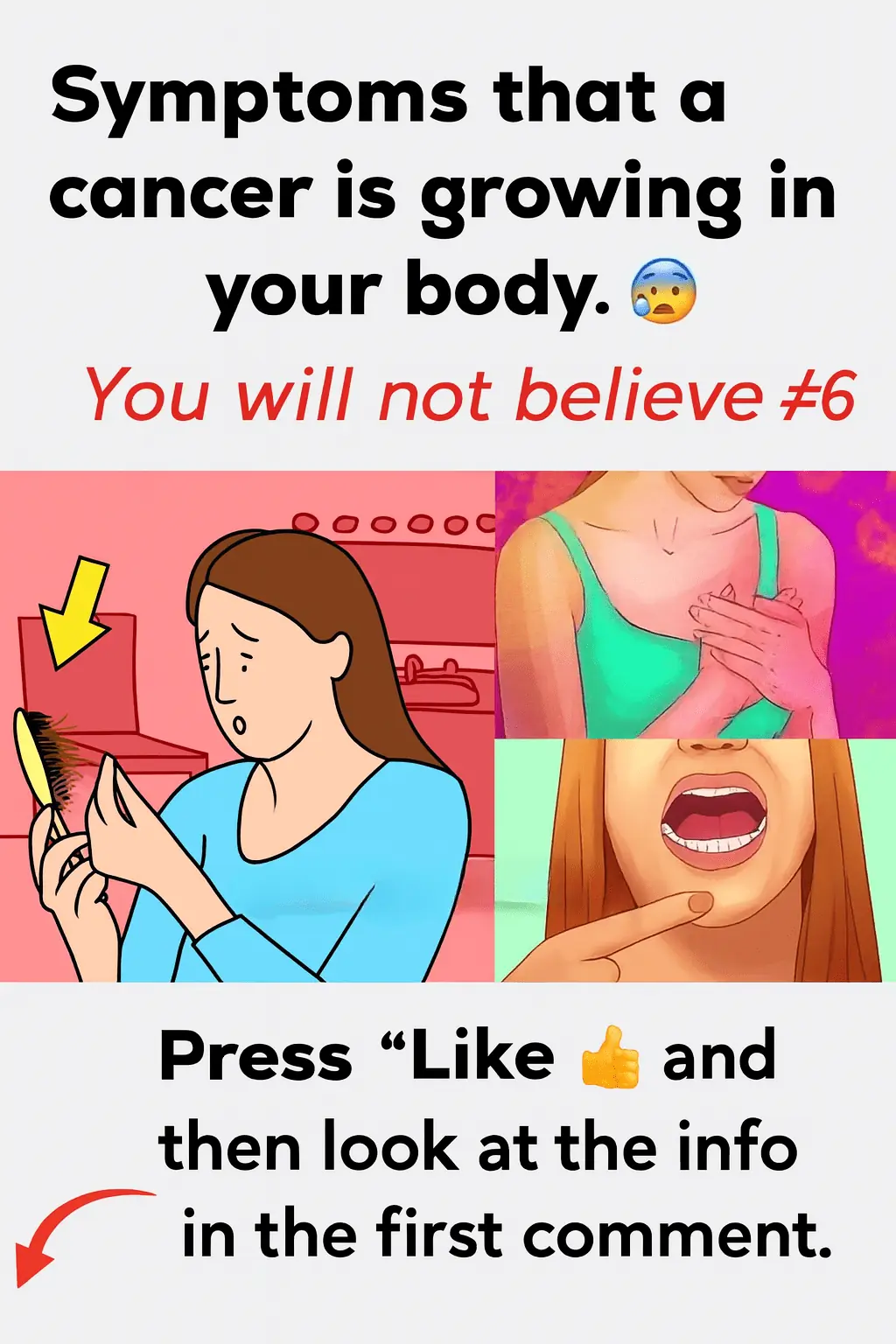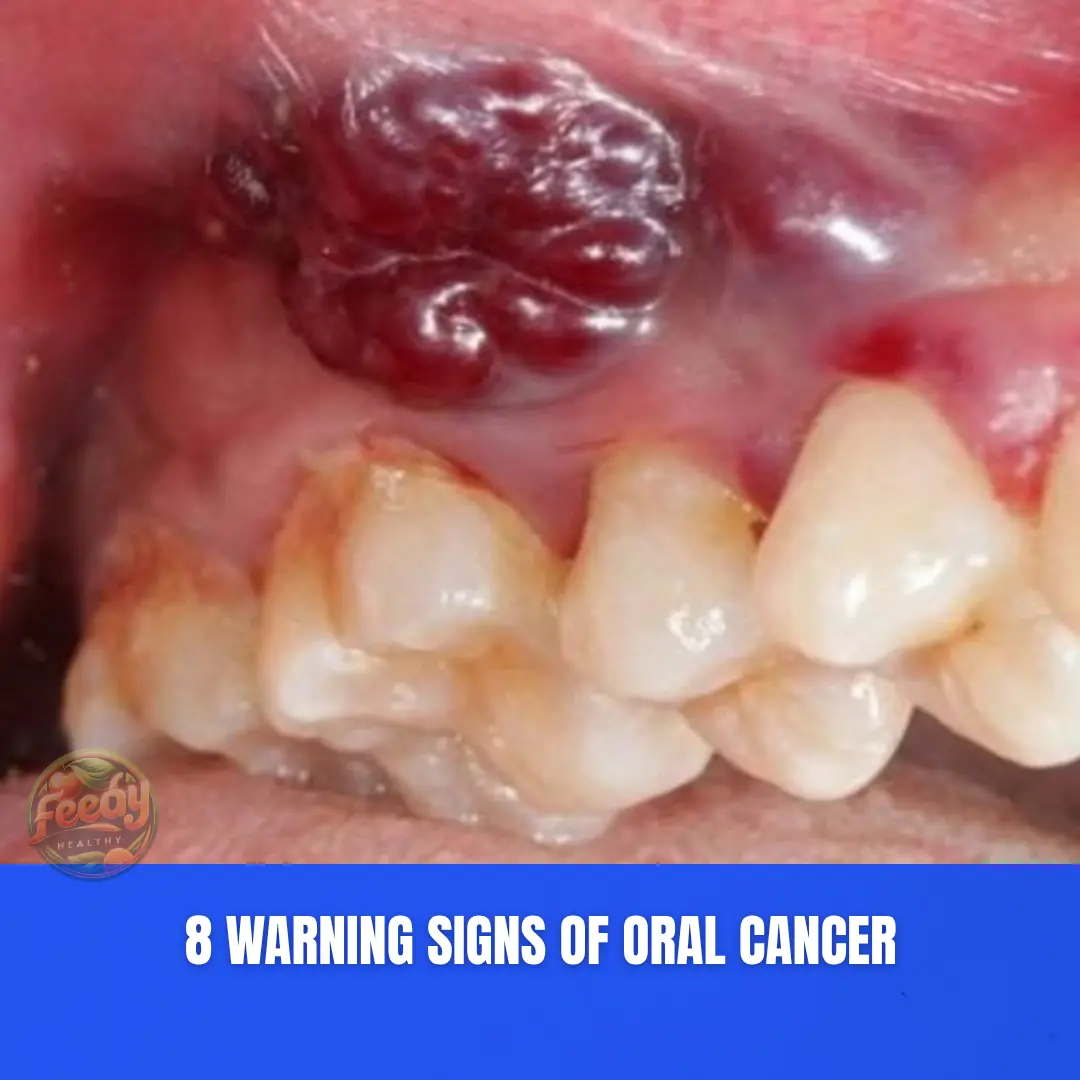
What is Anonychia? The Rare Genetic Anomaly That Prevents Nail Growth
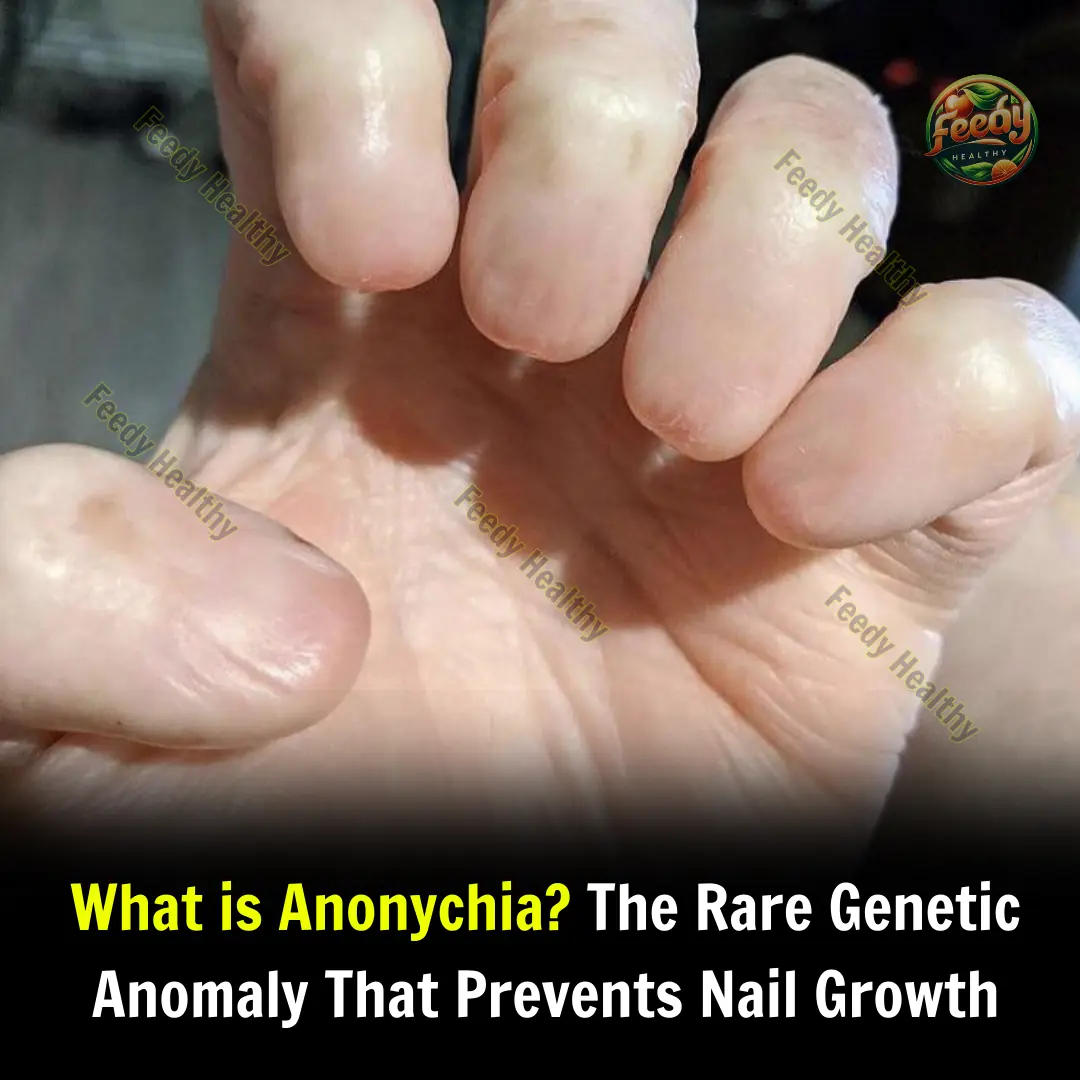
Anonychia is a highly uncommon condition in which nails are either completely absent or severely underdeveloped on one or more fingers or toes. This genetic anomaly affects individuals differently—some have total nail absence, while others may exhibit partial nail growth or a thin nail plate.
This article explores the latest findings on anonychia, its classification, genetic causes, and available clinical approaches. It also examines related syndromes, with a particular focus on Cook Syndrome, which showcases the complexity of this condition.
Definition and Classification
Anonychia is defined as the absence or underdevelopment of the nail plate in one or multiple digits. When present from birth, it is known as congenital anonychia, which can affect both fingernails and toenails. The condition is categorized into different types based on severity and presentation:
✅ Total congenital anonychia: Complete absence of nails on both hands and feet.
✅ Partial congenital anonychia: Only some nails are missing.
✅ Acquired anonychia: Caused by trauma, injuries, or exposure to harmful substances that permanently damage the nail matrix.
In severe cases, congenital anonychia may be accompanied by skeletal abnormalities, particularly affecting the distal phalanges (fingertips/toe bones), making it essential to study the genetic factors behind the disorder.
Genetic Causes and Associated Factors
The most common cause of congenital anonychia is genetic mutations, which can be inherited in an autosomal dominant or recessive pattern. Some cases suggest X-linked inheritance, meaning it can affect both men and women, with maternal transmission playing a significant role.
The Role of the SOX9 Gene
Genetic studies have identified chromosome 17q24.3 duplications affecting the SOX9 gene, which plays a crucial role in cartilage development and chondrocyte differentiation. Mutations in SOX9 have been linked to abnormal finger development, including the absence of nails.
Cook Syndrome: A Model for Congenital Anonychia
Described by Cook et al. in 1985, Cook Syndrome is a well-known familial anonychia disorder characterized by:
✔ Total absence of toenails on some or all toes
✔ Underdeveloped fingernails (nail hypoplasia)
✔ Brachydactyly (short fingers or toes), particularly affecting the thumb or little fingers
✔ Absent or malformed distal phalanges in hands and feet
Most studies suggest an autosomal dominant inheritance pattern, though other genetic transmission pathways may exist. Research continues to identify the exact gene responsible for this syndrome, with 17q24.3 microduplications frequently linked to nail and bone development abnormalities.
Clinical Presentation of Anonychia
Congenital anonychia manifests as partial or total nail absence. The severity varies among individuals: some may have small, fragile nails, while others lack any visible nail structure.
⚠ While the condition is not painful or life-threatening, it can significantly affect self-esteem and social interactions.
⚠ If bone abnormalities are present, hand or foot functionality may be mildly impaired.
📌 Diagnostic imaging (X-rays) is often used to assess skeletal anomalies. In Cook Syndrome, defects in distal phalanges are commonly observed.
Diagnosis of Anonychia
A precise diagnosis is crucial for differentiating anonychia from other conditions causing nail loss (e.g., chronic infections, trauma, or dermatological diseases). Diagnosis typically involves:
🔬 Clinical evaluation – Examining the absence or reduction of the nail plate.
🧬 Family history analysis – Identifying hereditary patterns.
📸 Imaging tests (X-rays) – Checking for associated bone malformations.
🧪 Genetic testing – Detecting mutations in SOX9 or related genes.
Management and Treatment Options
There is currently no cure to regenerate missing nails when the nail matrix is underdeveloped. However, several approaches can improve quality of life:
✔ Finger/toe protection – Since nails act as natural protectors, soft bandages or finger guards can prevent trauma.
✔ Rehabilitation therapy – Occupational therapy or physiotherapy can improve hand and foot function, especially in cases of brachydactyly or deformities.
✔ Psychological support – Counseling helps patients cope with self-esteem concerns and social anxiety.
✔ Aesthetic solutions – Artificial nail prosthetics and cosmetic enhancements can provide a natural appearance.
Quality of Life and Emotional Support
While anonychia does not cause pain or significant disability, the social and emotional impact can be substantial. Some individuals feel self-conscious or anxious about exposing their hands or feet. Providing comprehensive emotional support is essential to normalizing the condition and preventing social isolation.
👥 Support groups and family education play a crucial role in helping patients feel understood and empowered.
💬 Connecting with others with anonychia can be reassuring and beneficial for emotional well-being.
Conclusion
Anonychia is a rare genetic disorder that can manifest as partial or complete nail absence, affecting both fingernails and toenails. Its cause is linked to genetic mutations, particularly in the SOX9 gene, and associated chromosomal variations.
One of the most well-documented conditions linked to anonychia is Cook Syndrome, which involves nail absence and skeletal abnormalities.
Since no curative treatment exists, management focuses on clinical support, psychological well-being, and functional rehabilitation. Ongoing genetic research continues to improve diagnostic tools and may lead to future treatment advancements.
News in the same category

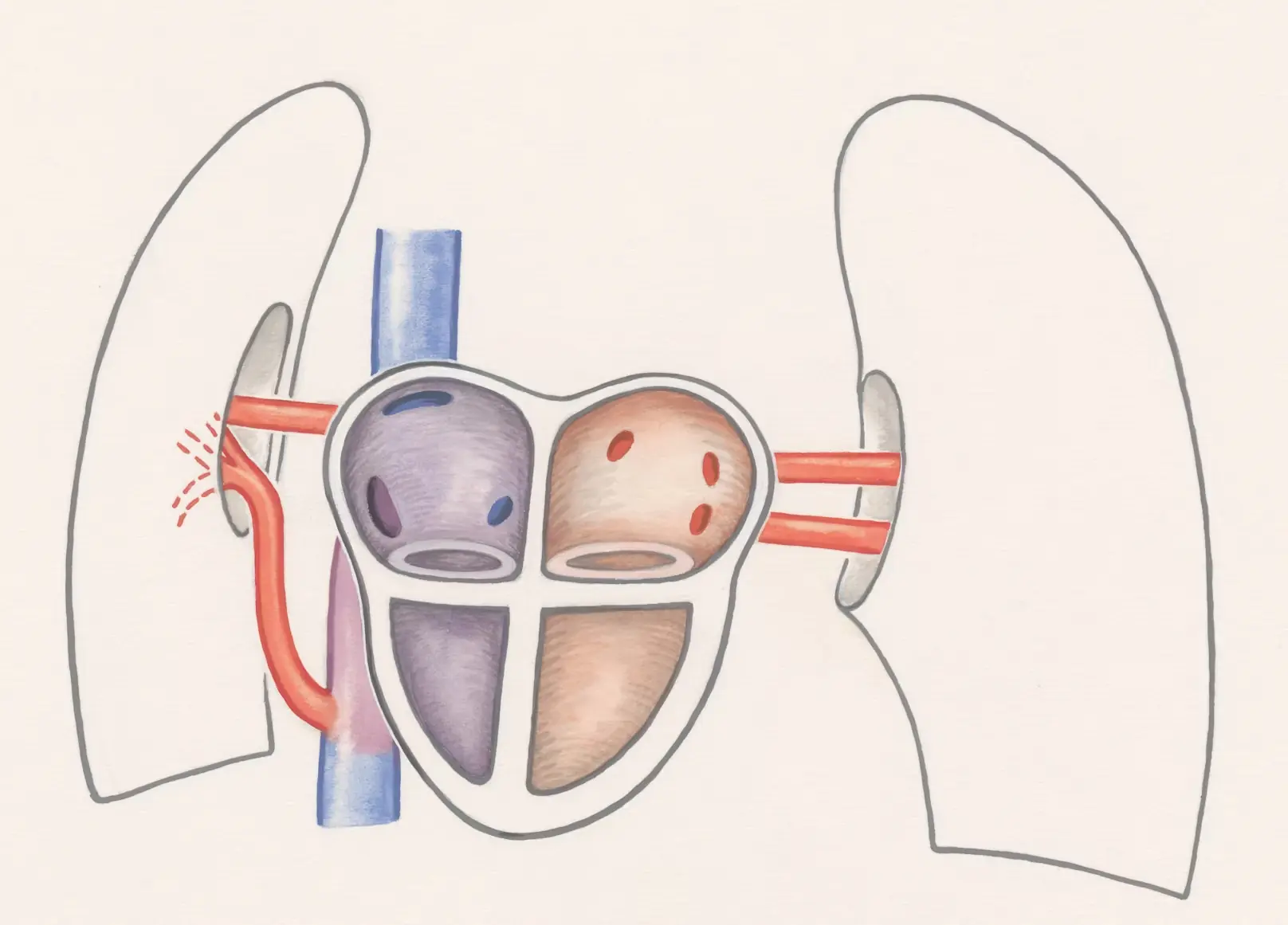
Doctors Shocked After Finding 300 Kidney Stones In Young Woman
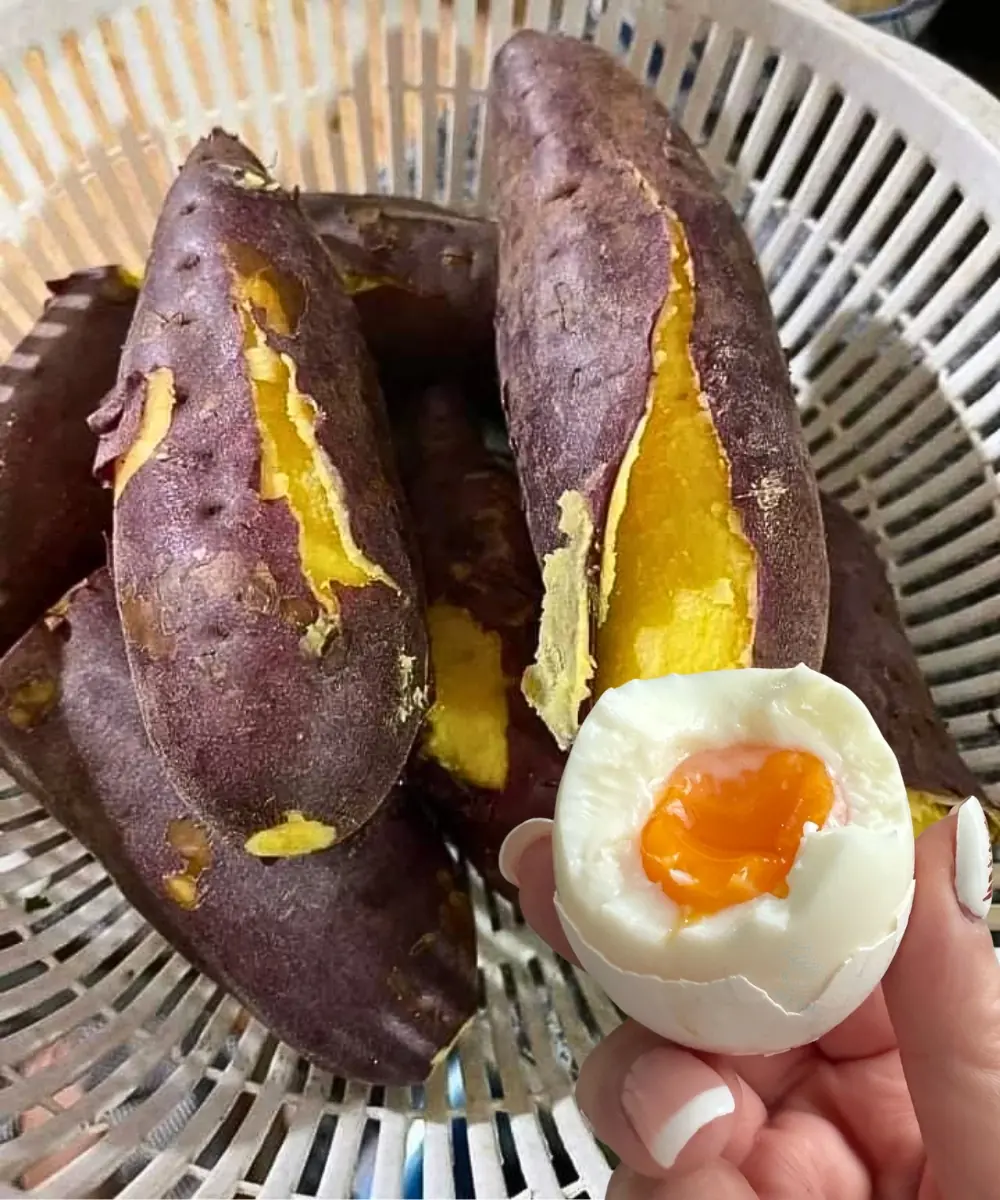
13 Reasons You Should Eat Eggs and Sweet Potatoes Every Morning
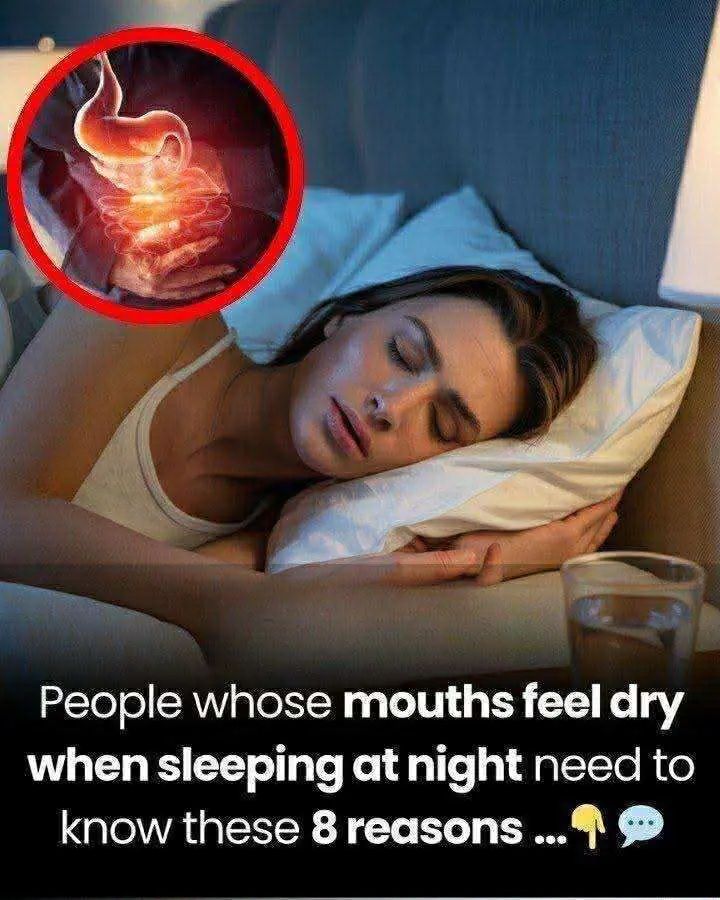
If your mouth feels dry at night, here are 8 reasons why
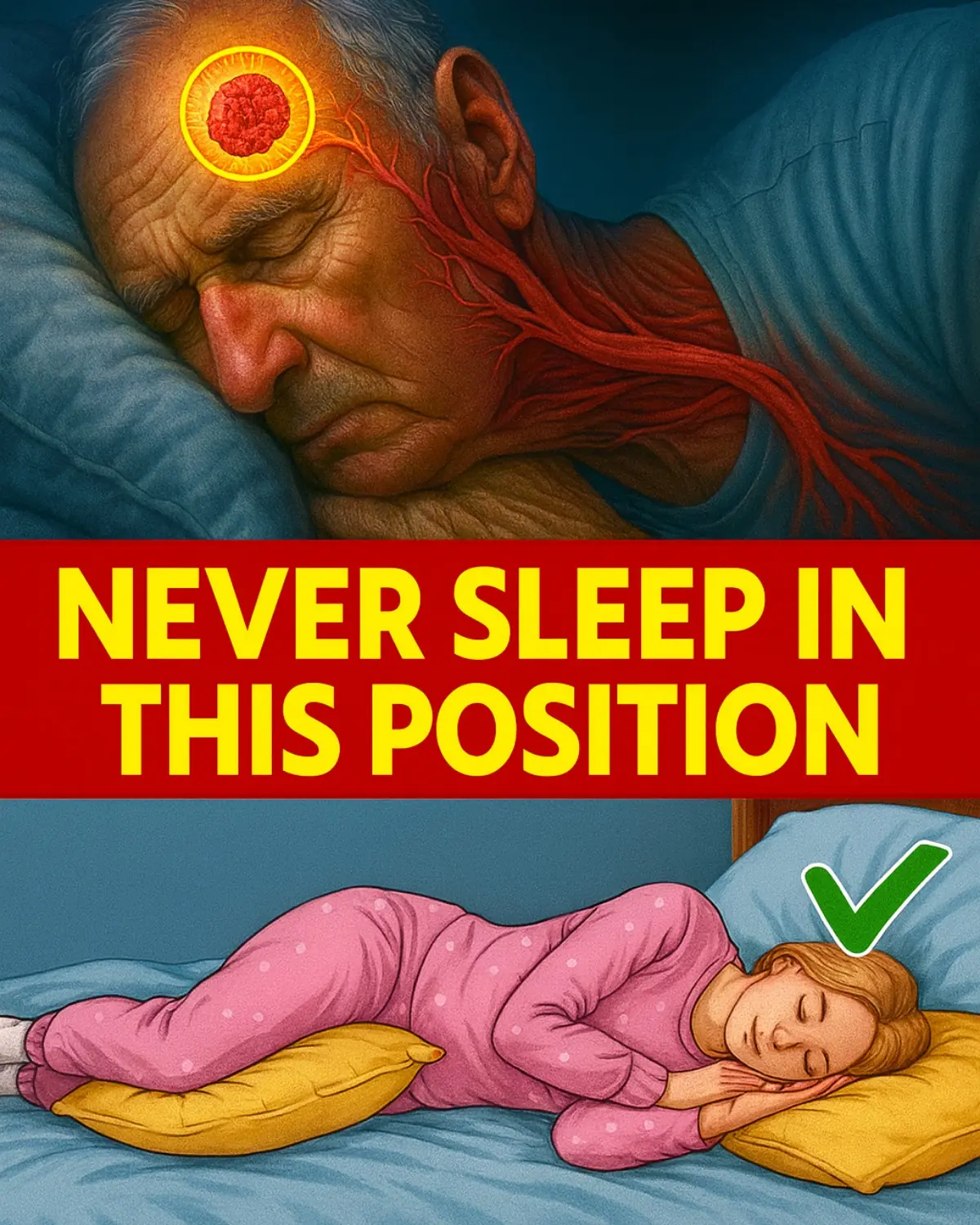
SENIORS: This Sleeping Position Raises Your Stroke Risk
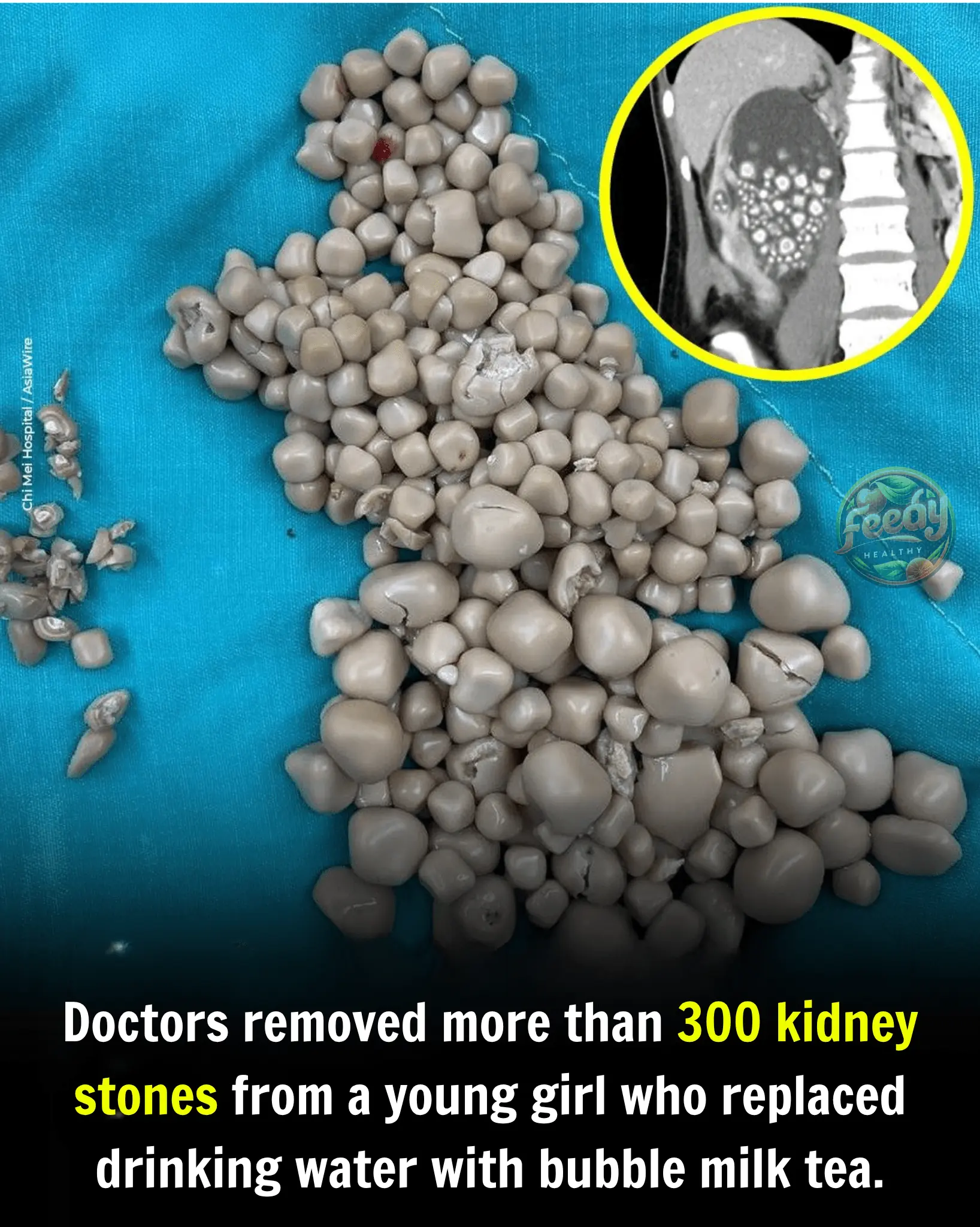
300 Kidney Stones Likely Caused by Drinking Bubble Milk Tea Instead of Water
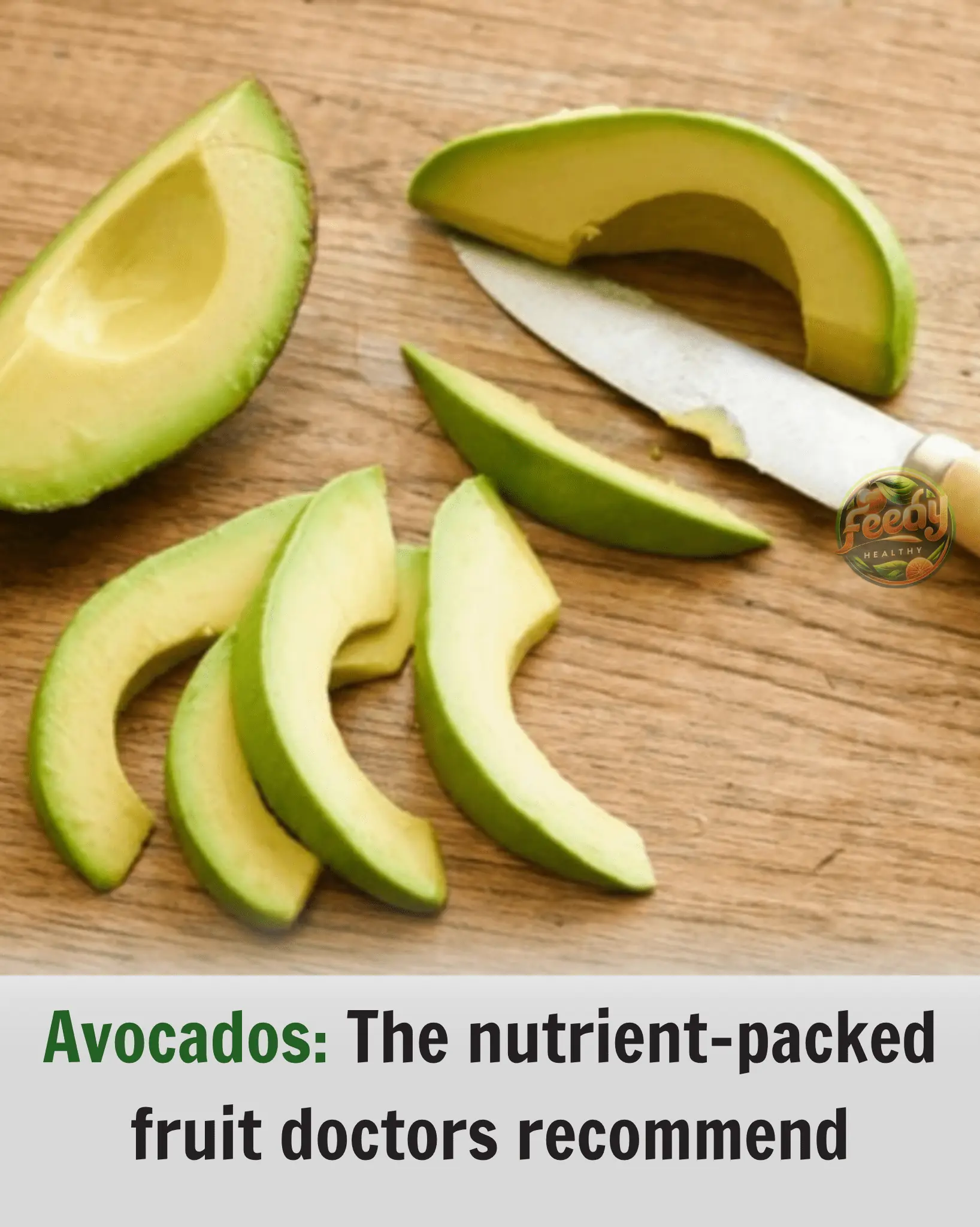
Avocados: The nutrient-packed fruit doctors recommend
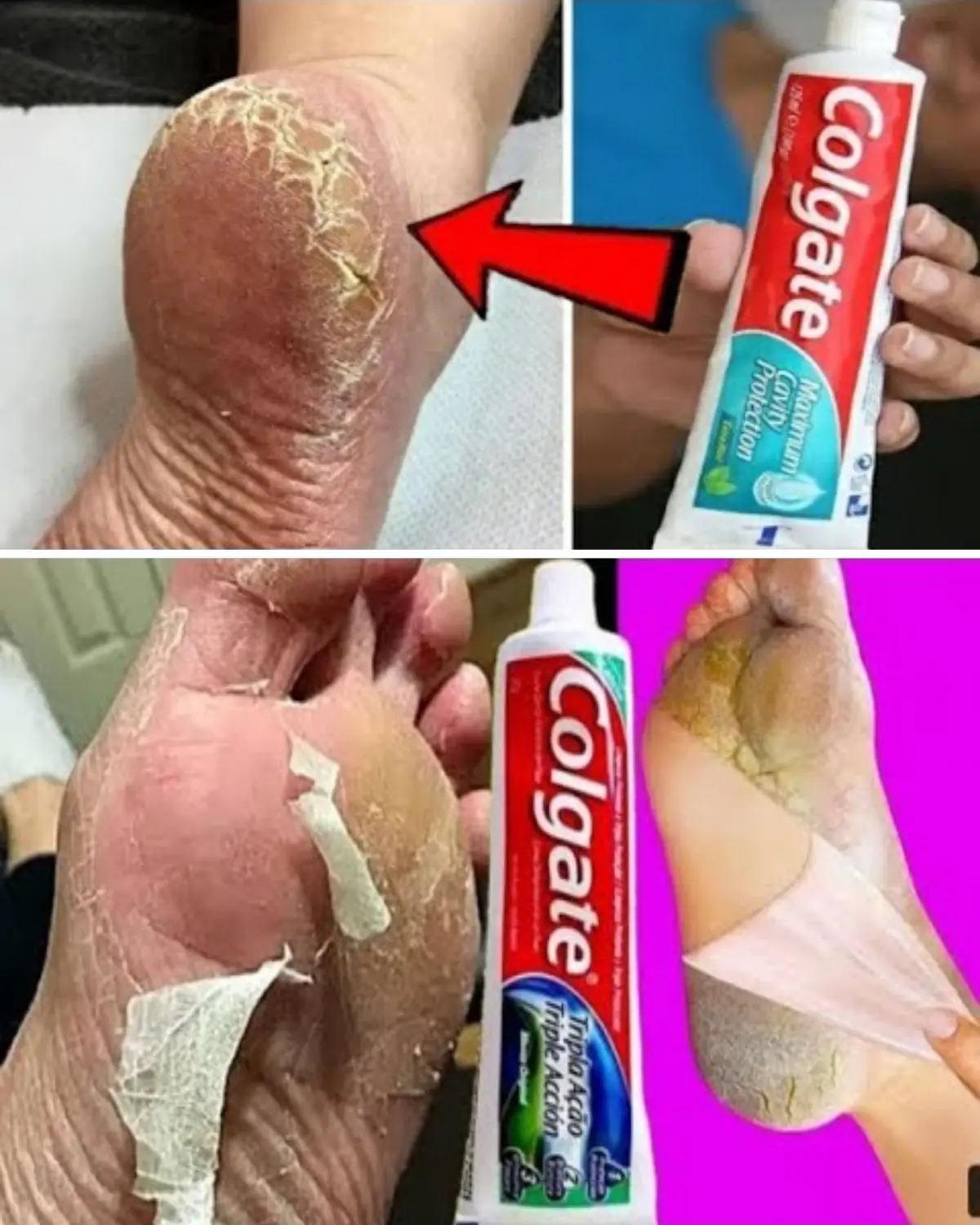
Unveil Colgate’s Surprising Secret for Softer Feet
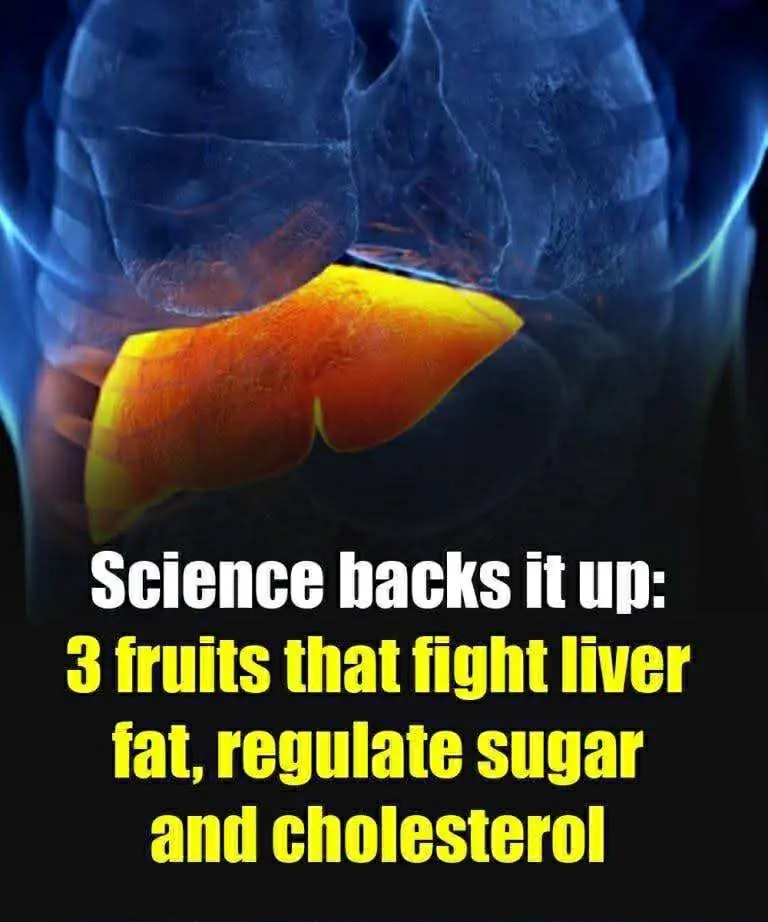
Science backs it up: 3 fruits that fight fatty liver, regulate sugar and cholesterol
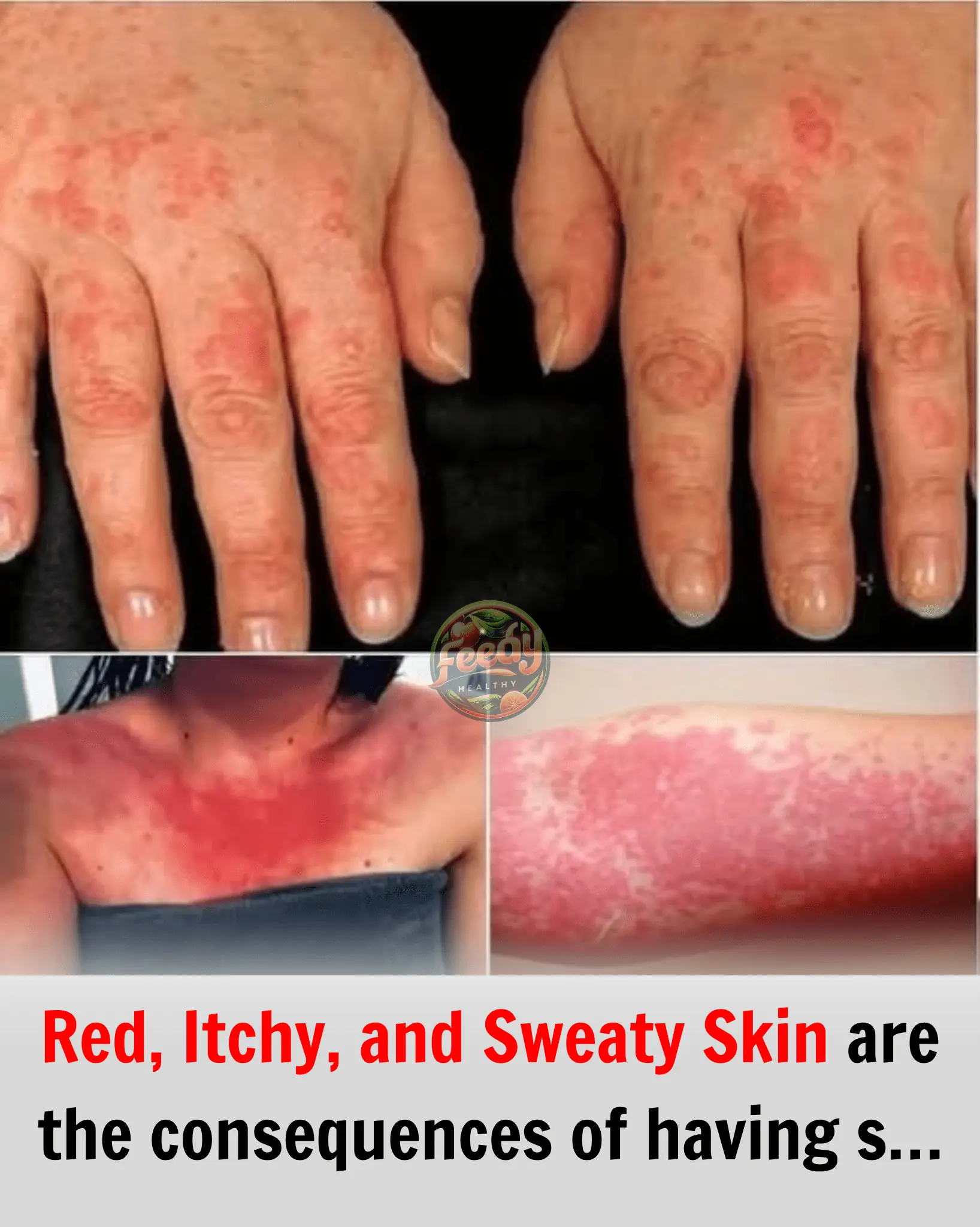
Red, Itchy, and Sweaty Skin are the consequences of having s… See more

Red, Itchy, and Sweaty Skin are the consequences of having s… See more
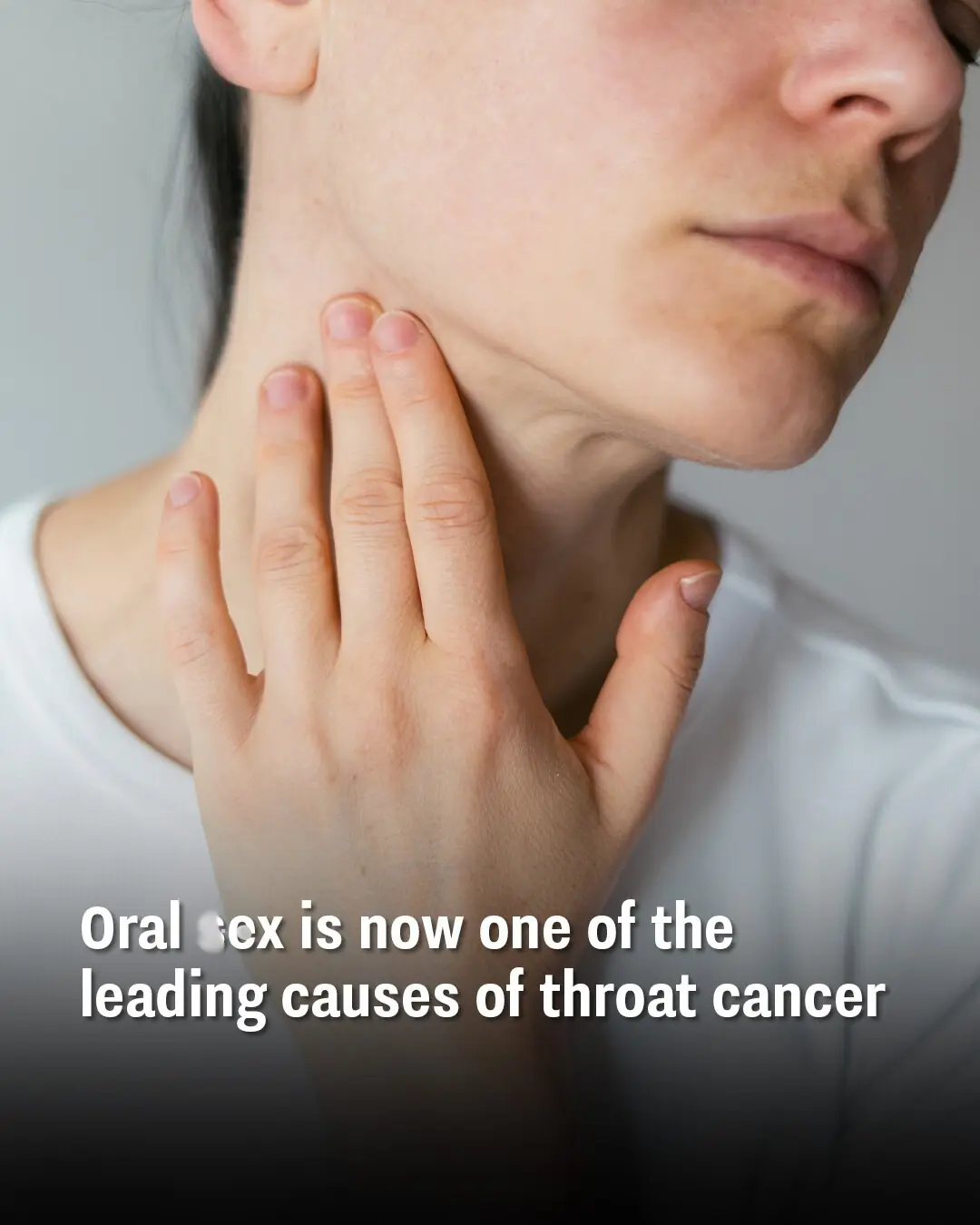
Oropharyngeal Cancer: Not Just Caused by Smoking
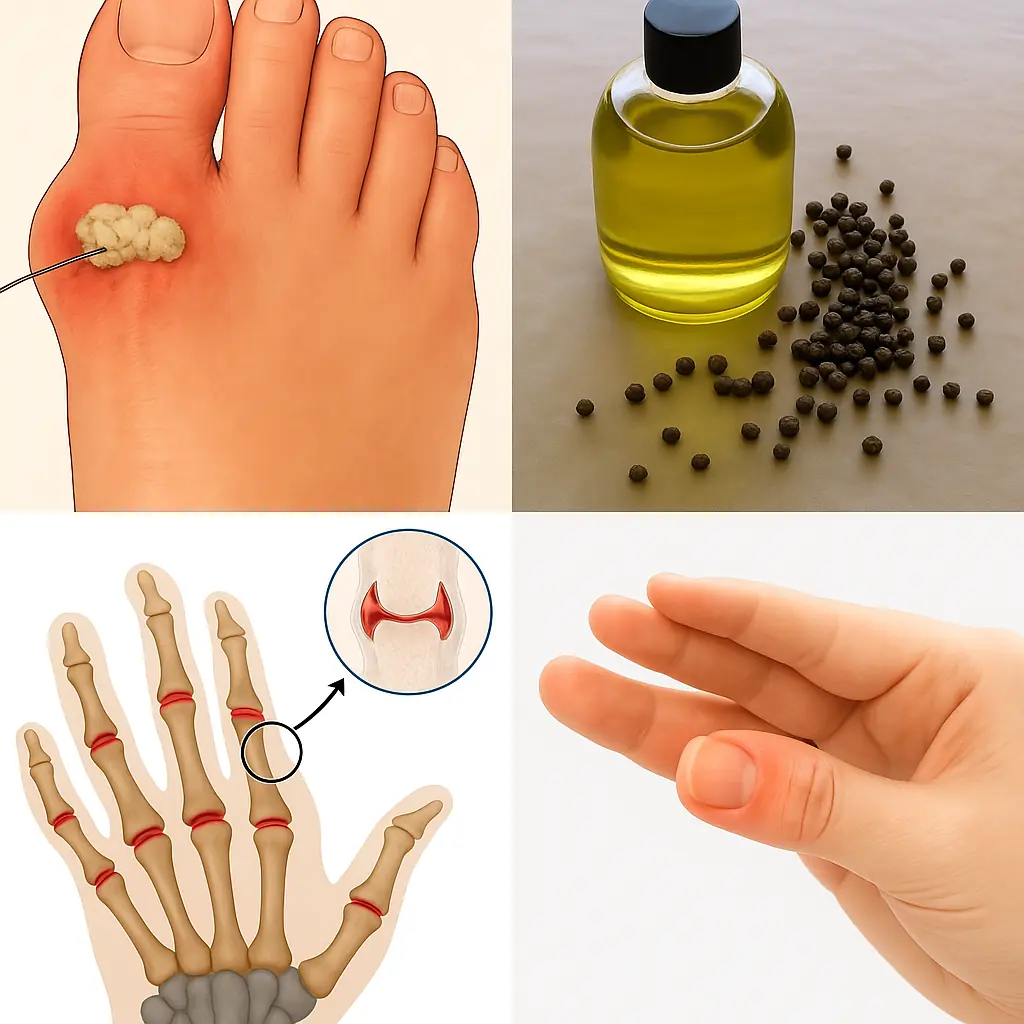
Black Pepper Oil: The Spicy Secret to Health and Smoking Cessation
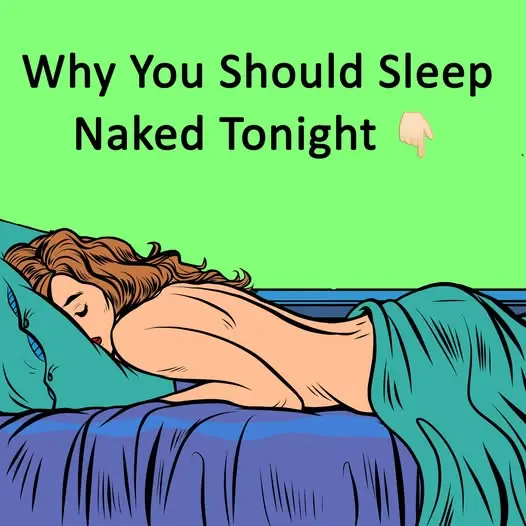
The Health Benefits of Sleeping Naked: What Science Actually Says
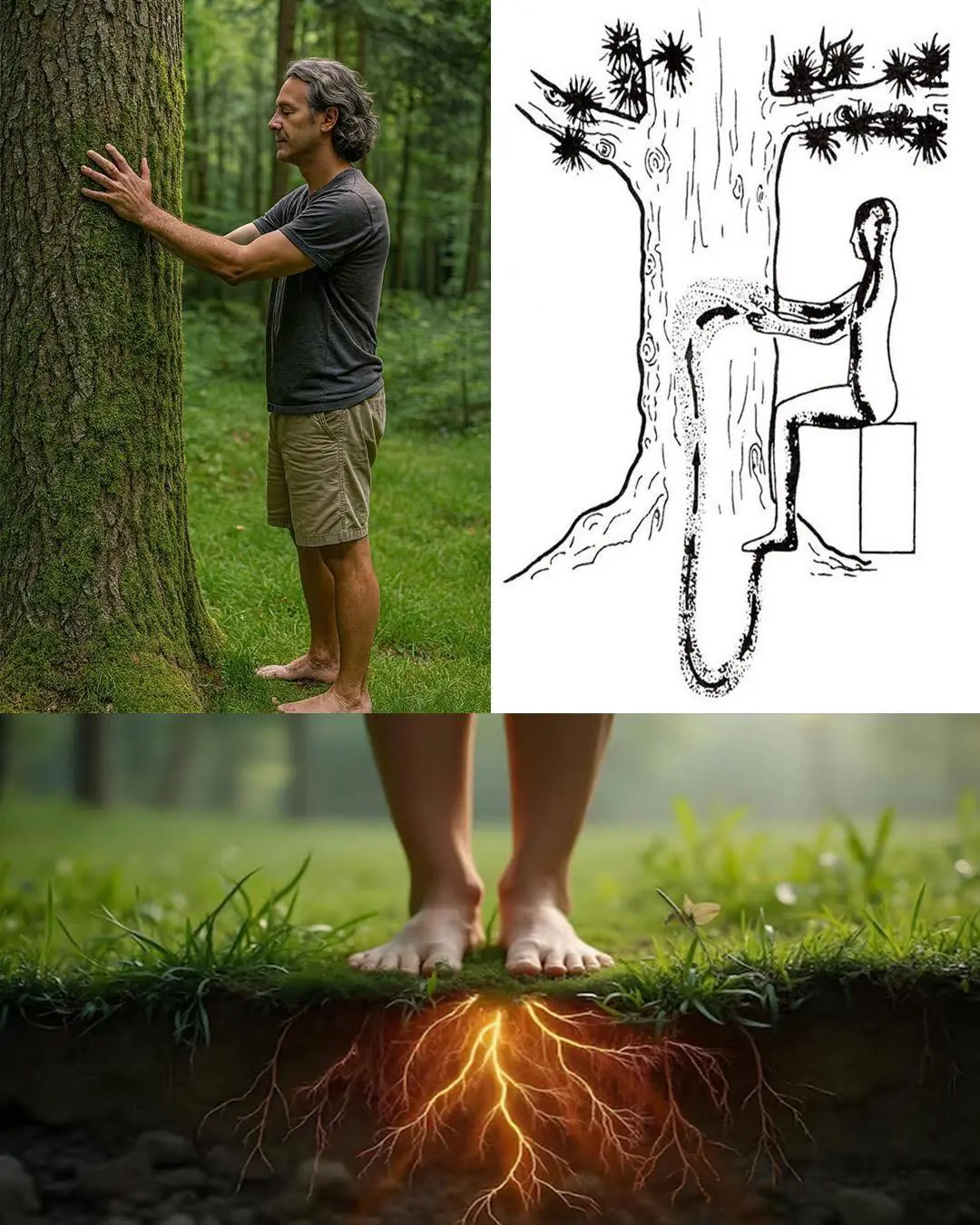
Grounding with Trees: How Barefoot Earthing and Tree Energy Can Restore Balance
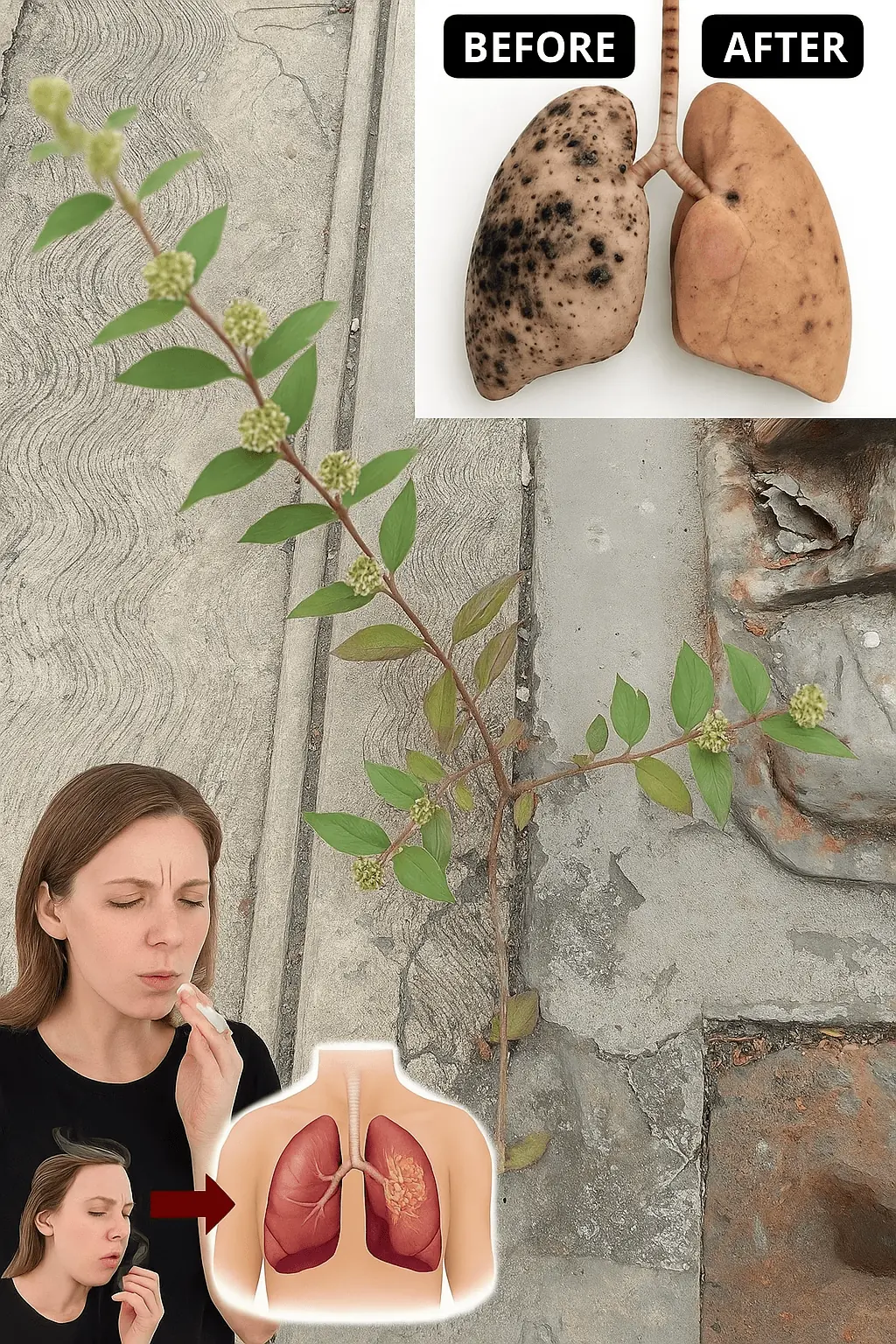
Benefits of Euphorbia Hirta
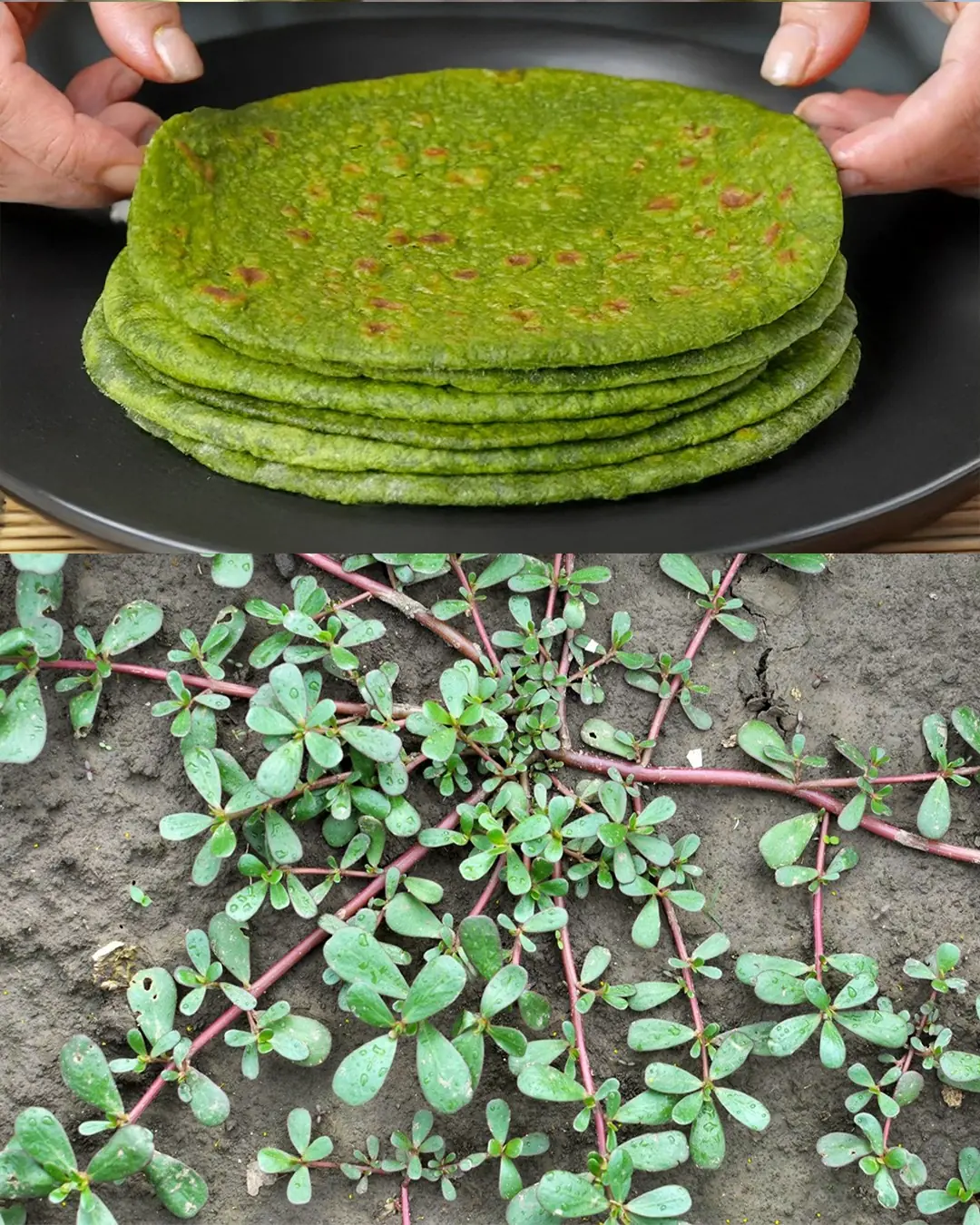
Why You Should Embrace Purslane in Your Garden: 8 Compelling Reasons
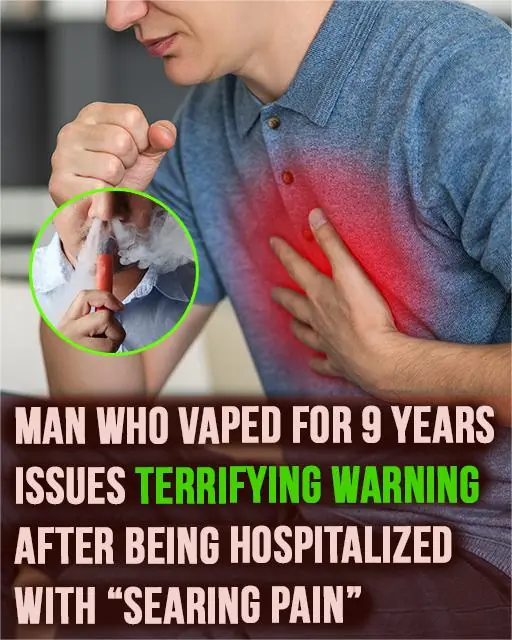
Man who vaped for 9 years issues terrifying warning after being hospitalized with “searing pain”
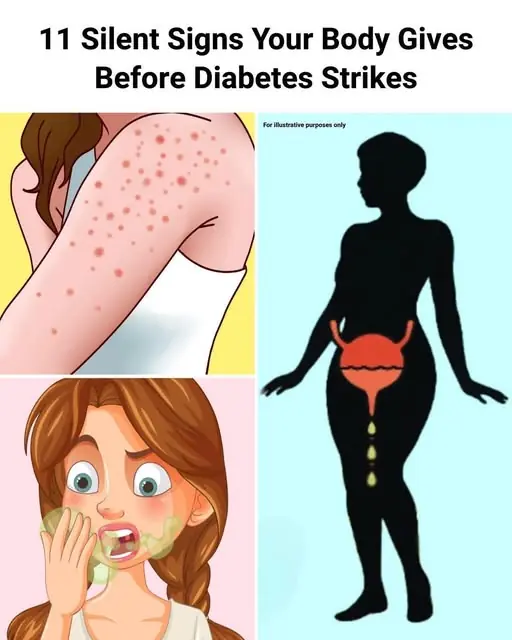
9 Warning Signs of Diabetes You Might Be Overlooking
News Post
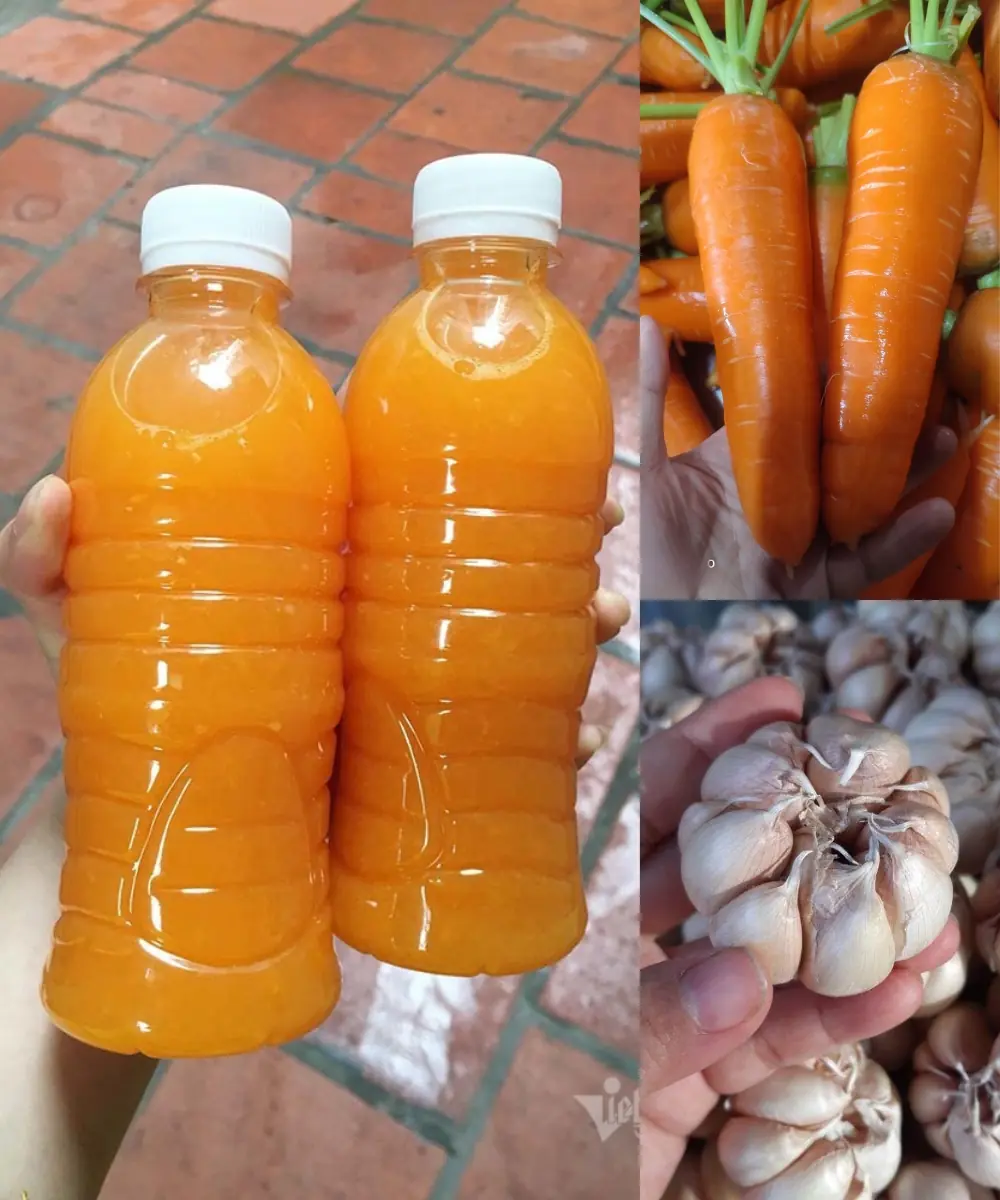
Powerful Cure to Cleanse the Lungs & Sinuses – Breathe Instantly with Horseradish!
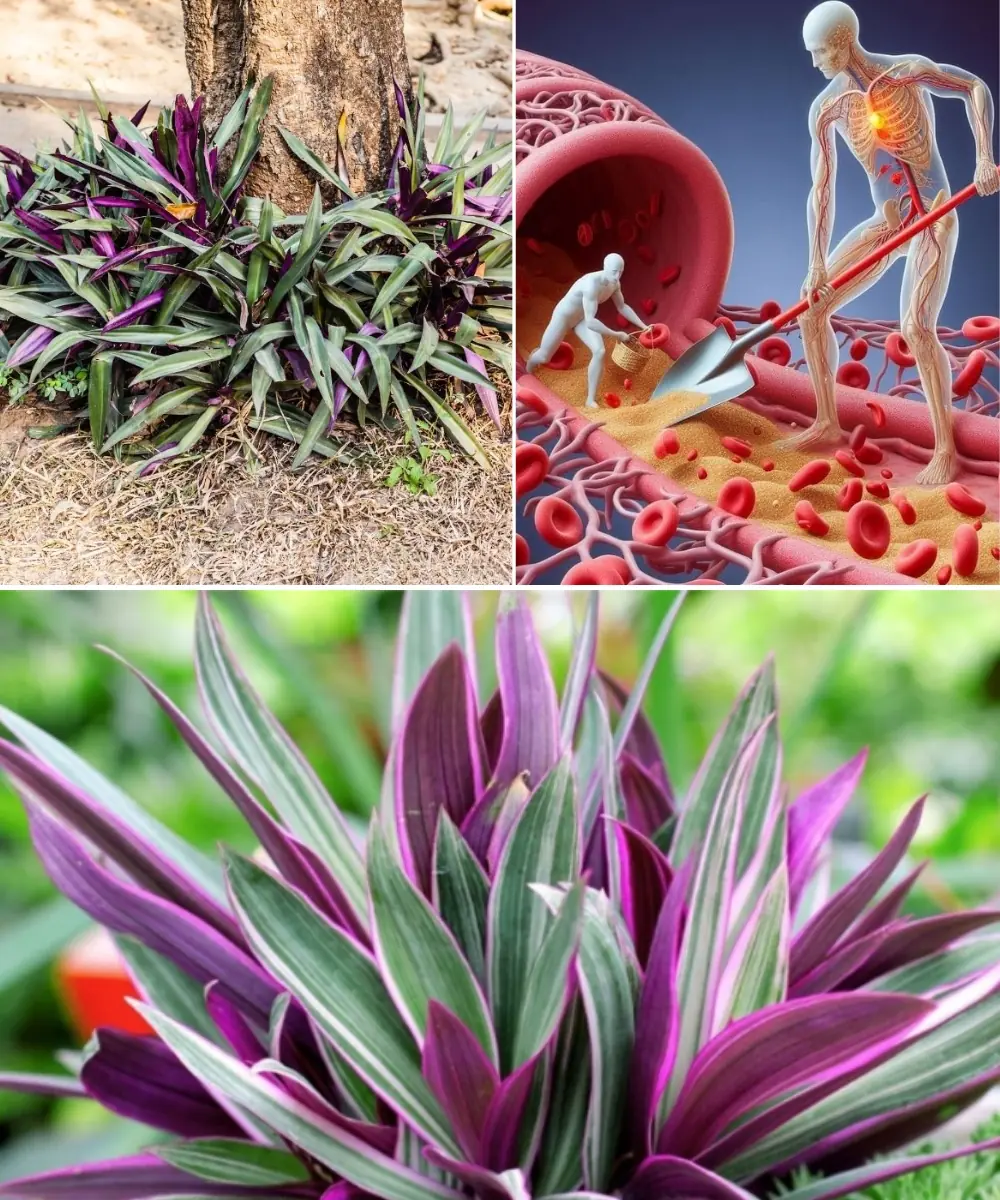
Goodbye to Urinary Infections and More: Discover the Benefits of Tradescantia Spathacea
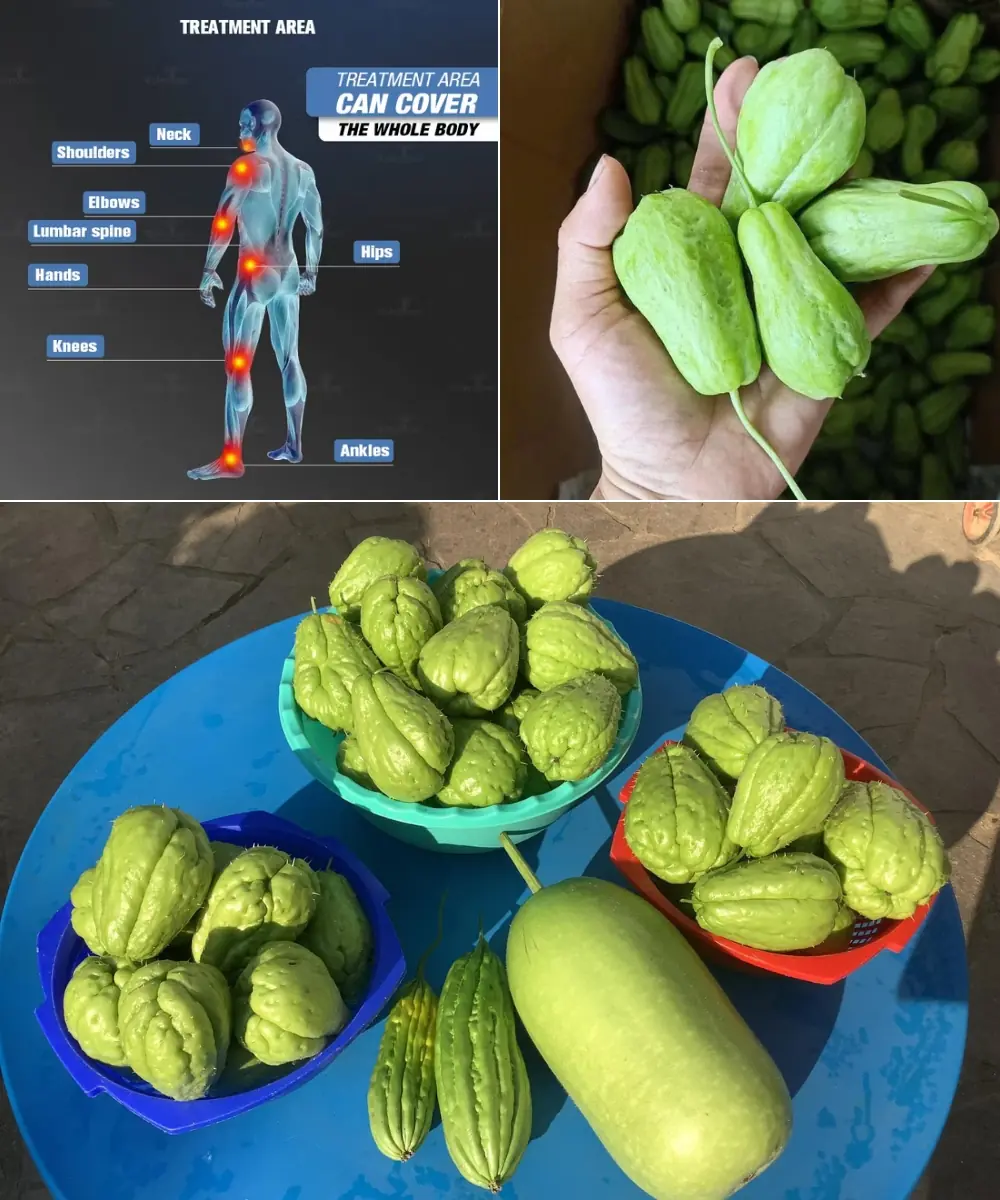
Ditch the Pills: Unlock Chayote’s Secret to Pain-Free, Vibrant Health!
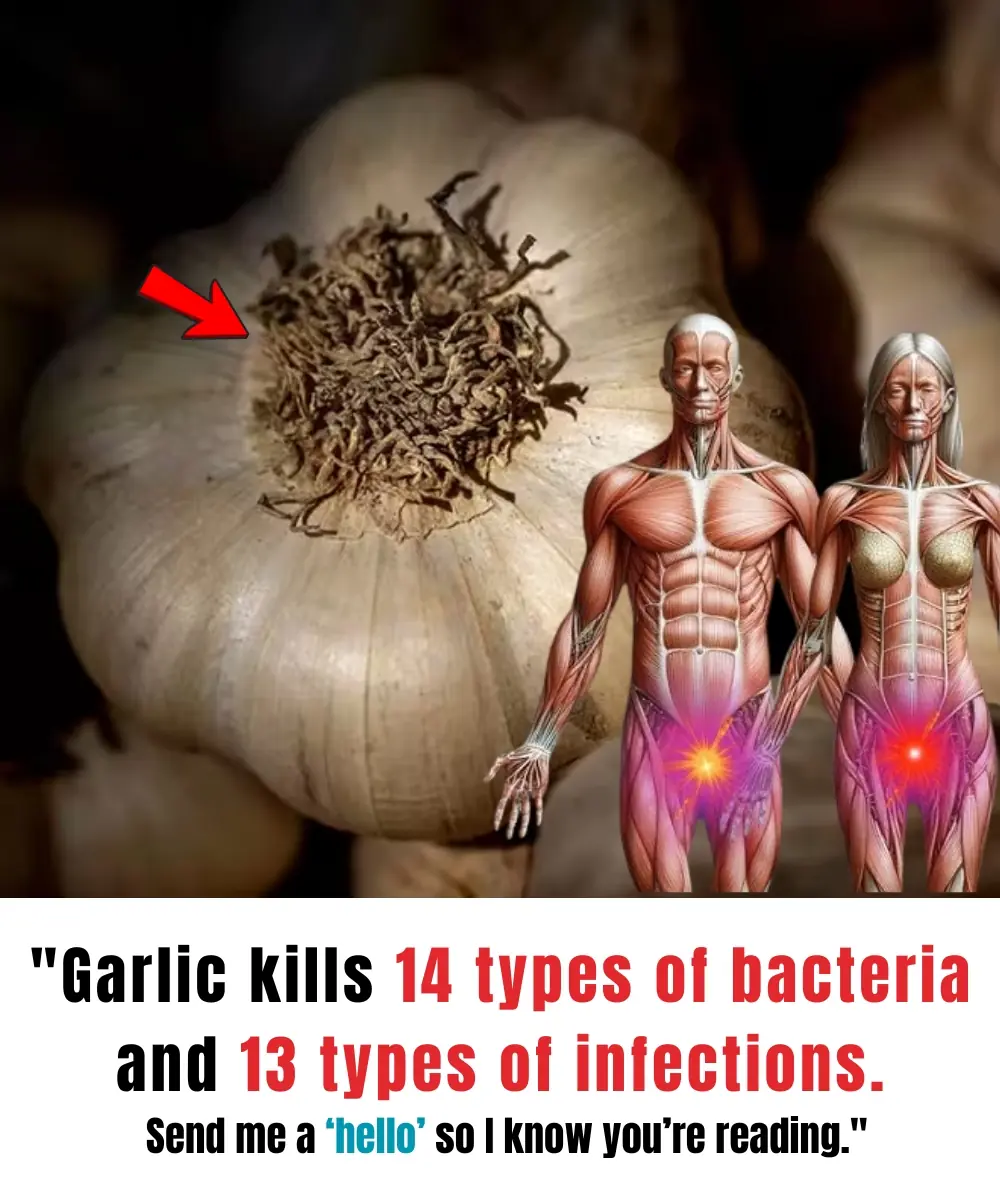
The One Ingredient That Could Protect You From Over 25 Health Threats

Why Do Humans Kiss, and What Happens When We Do It?
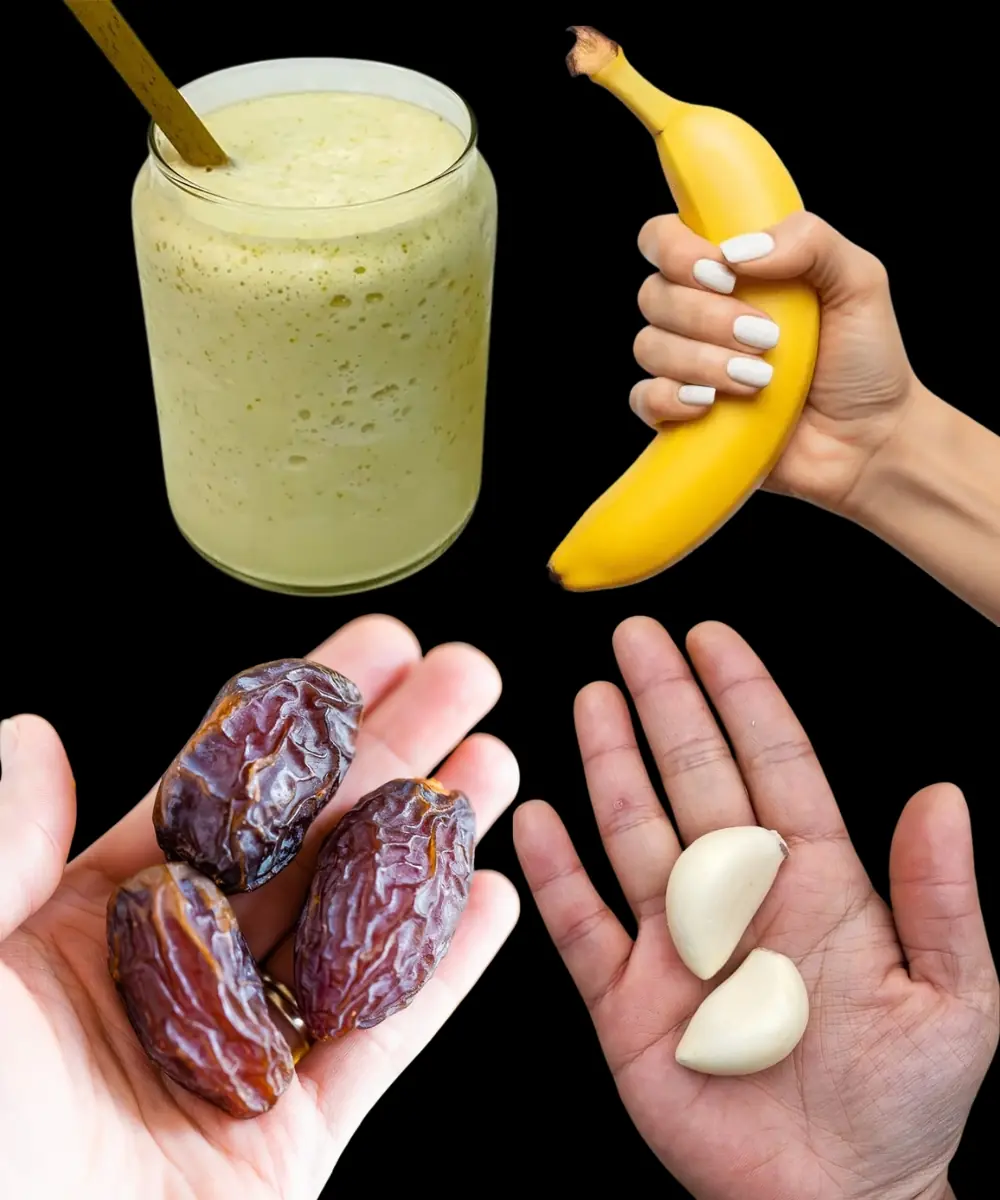
Mix Bananas, Garlic, and Dates – Your Body Will Thank You Later!
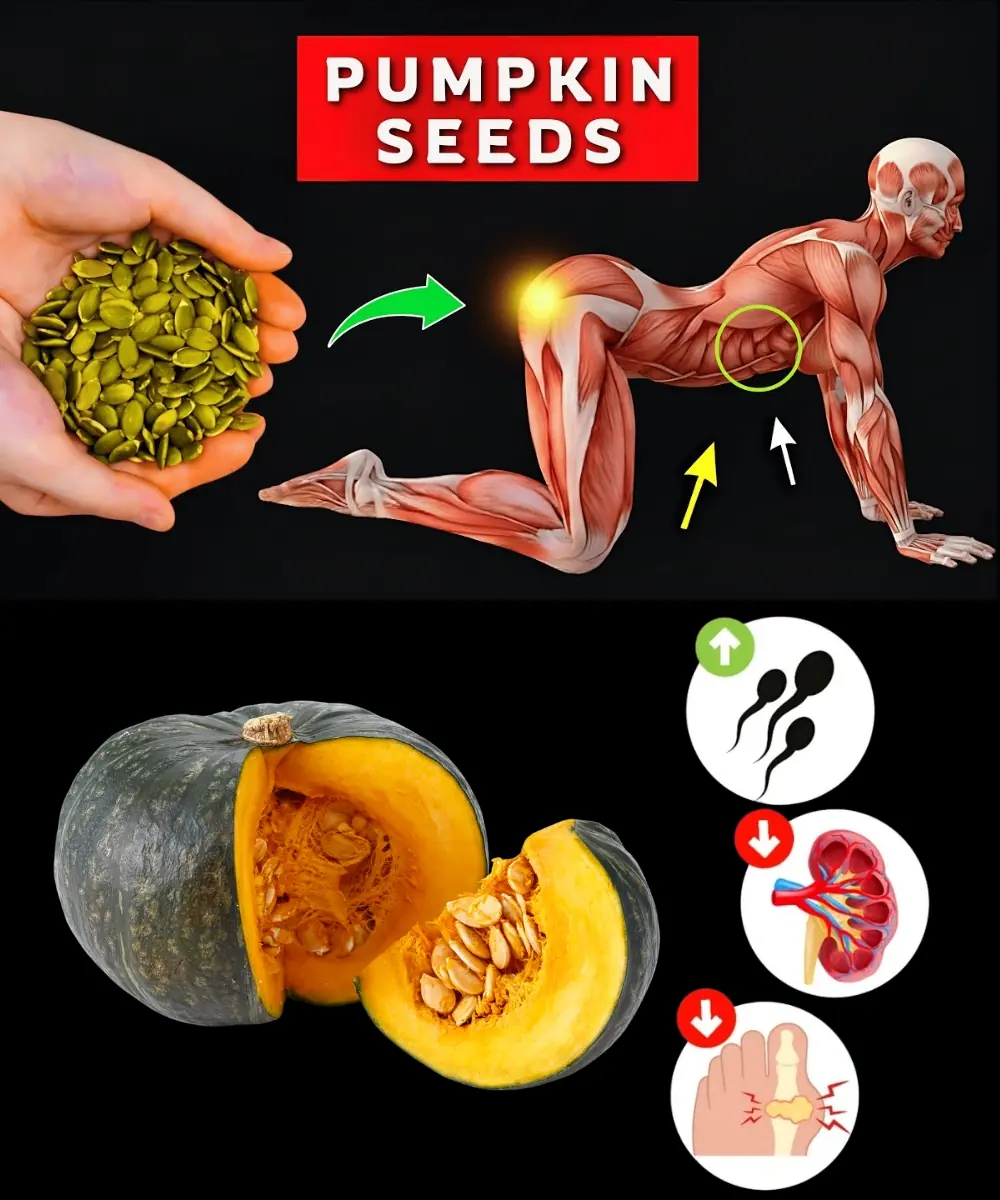
Eat Pumpkin Seeds DAILY and This Happens to Your Body!
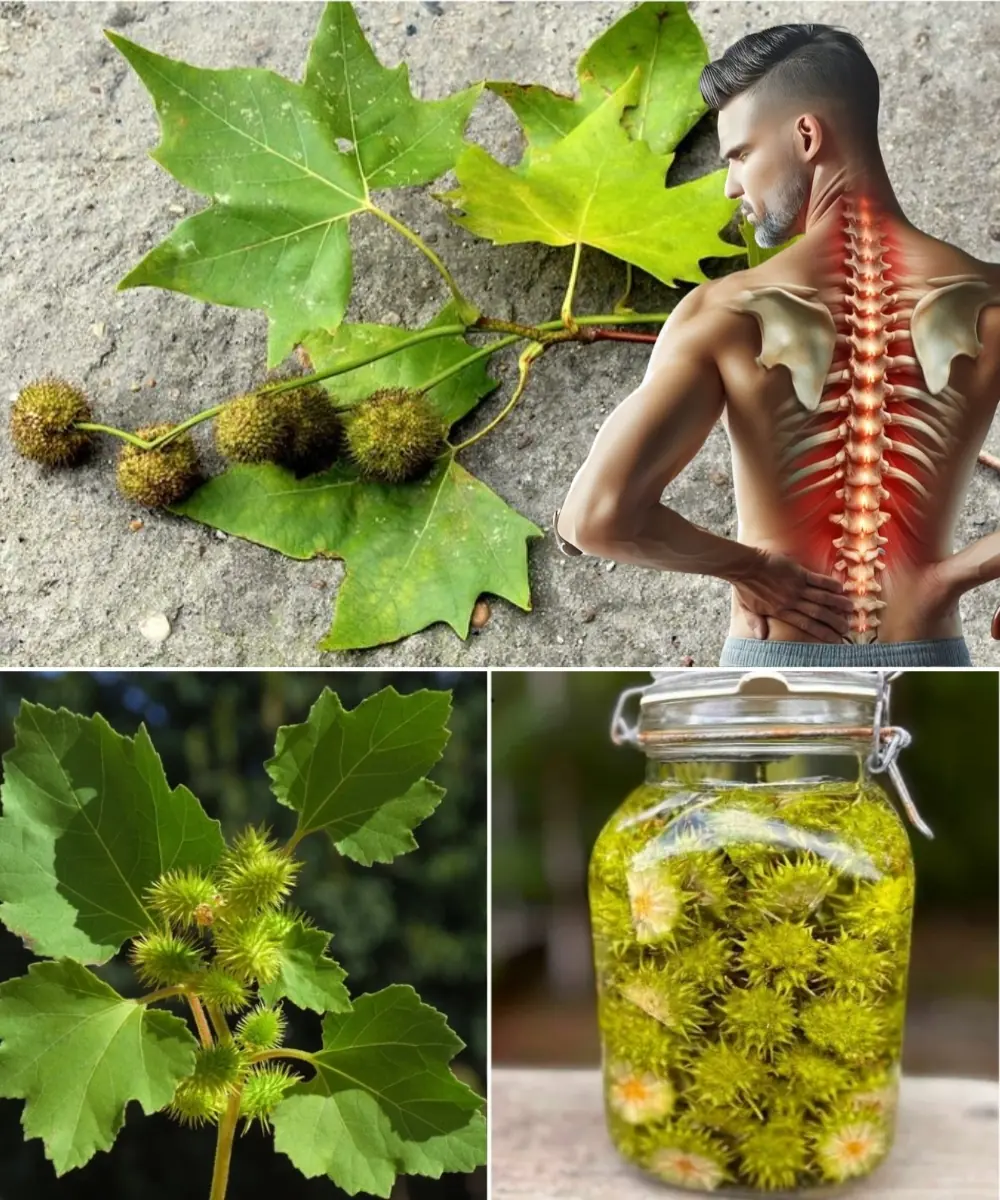
American Sweetgum: 7 Surprising Health Benefits and How to Use It at Home
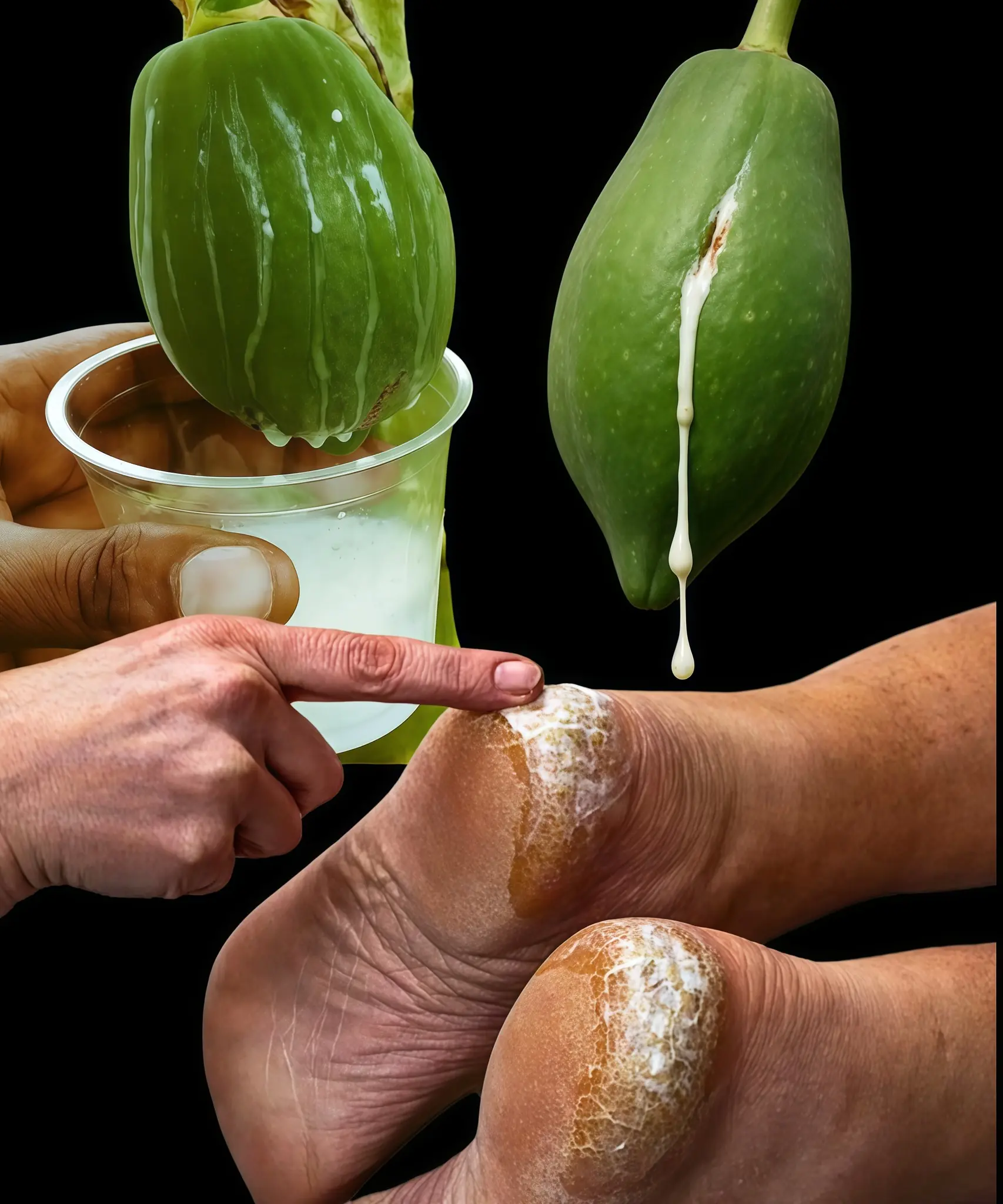
Green Papaya Latex: 18 Surprising Benefits for Health and Beauty
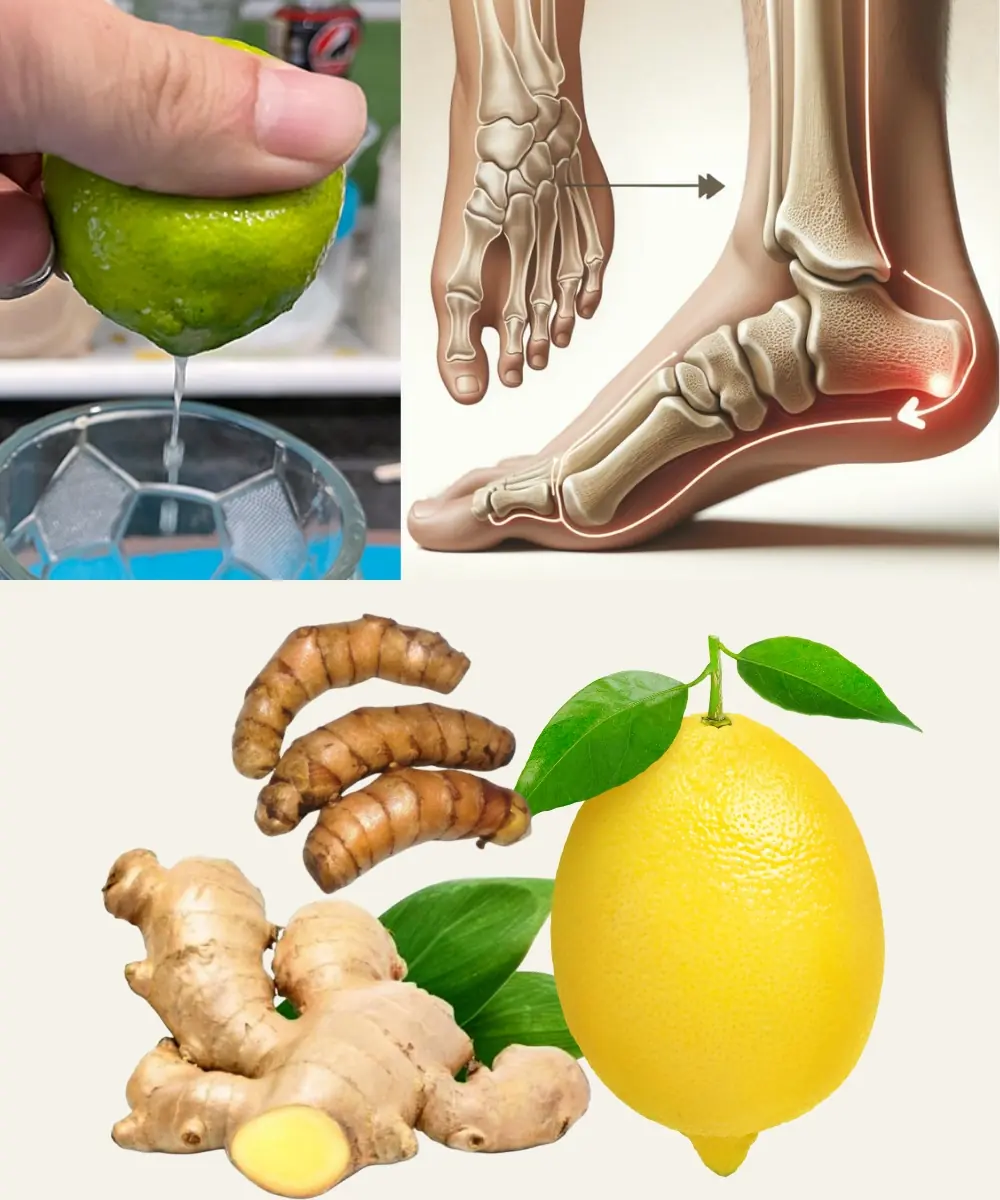
Say Goodbye to Aches and Pains: The Ultimate Ginger, Turmeric, and Lemon Remedy for Seniors Over 50
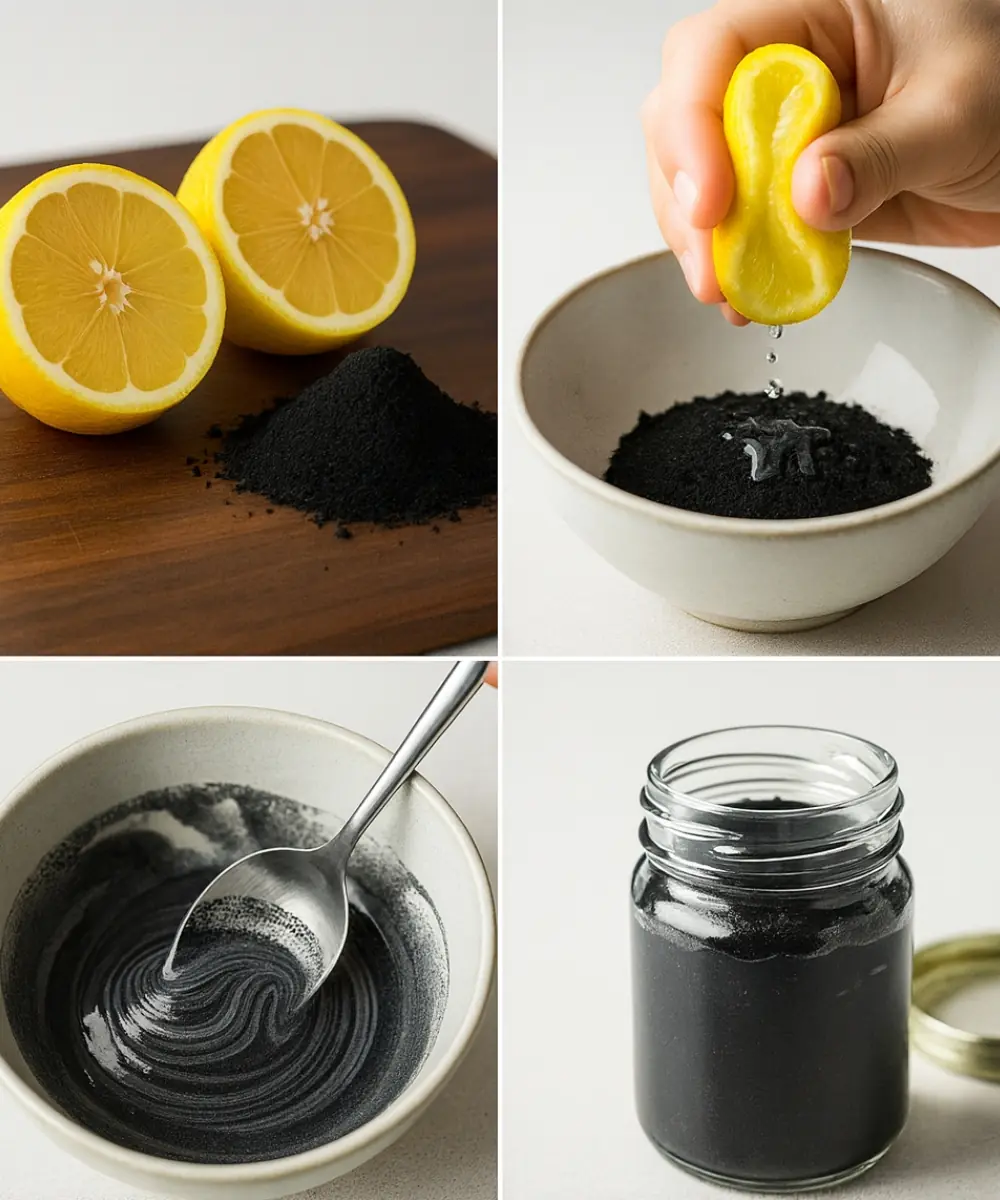
Just mix LEMON with CHARCOAL and you won’t have to spend money at the market anymore
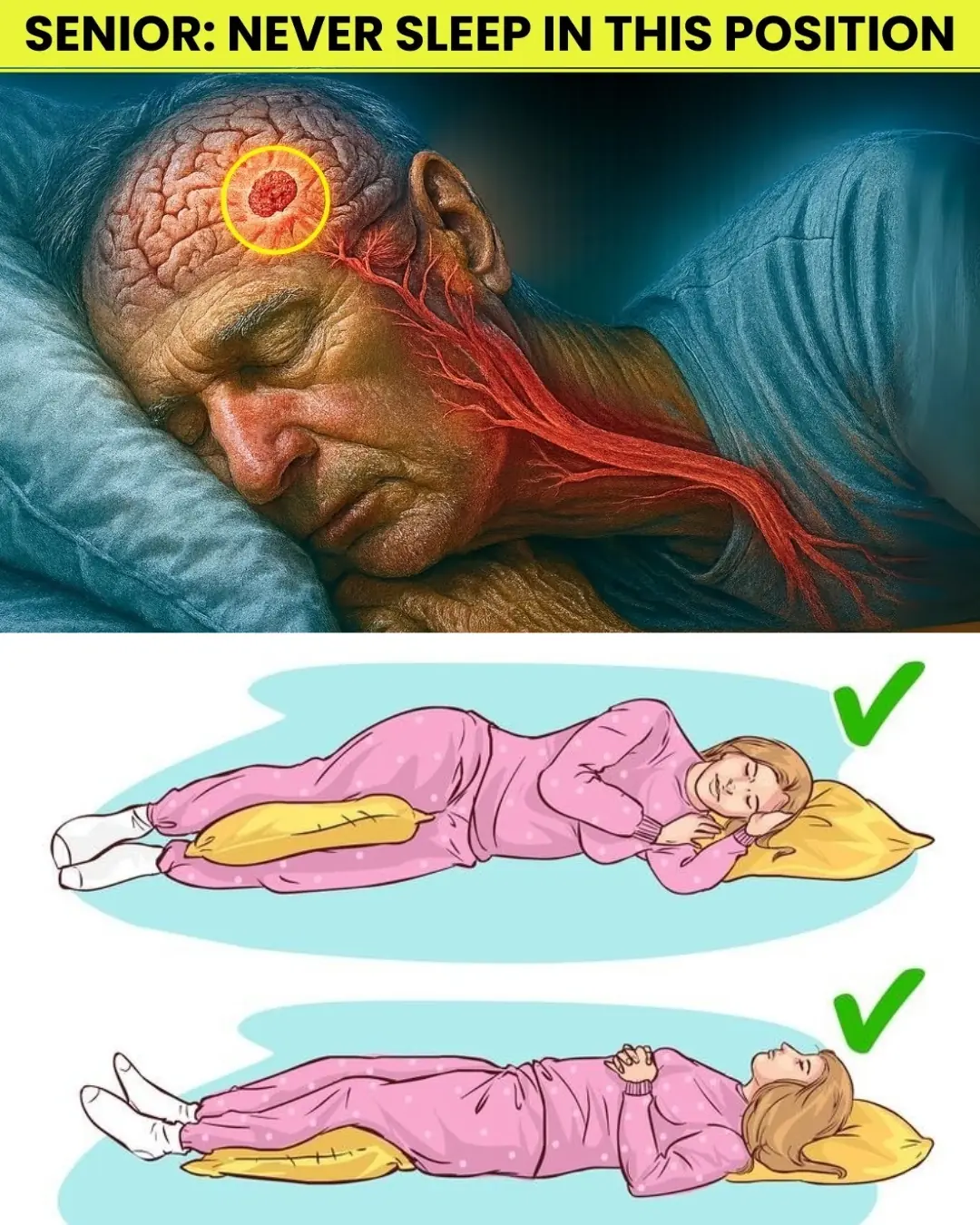
The Wisest Japanese Secret! Even at 70, You Look Like 35
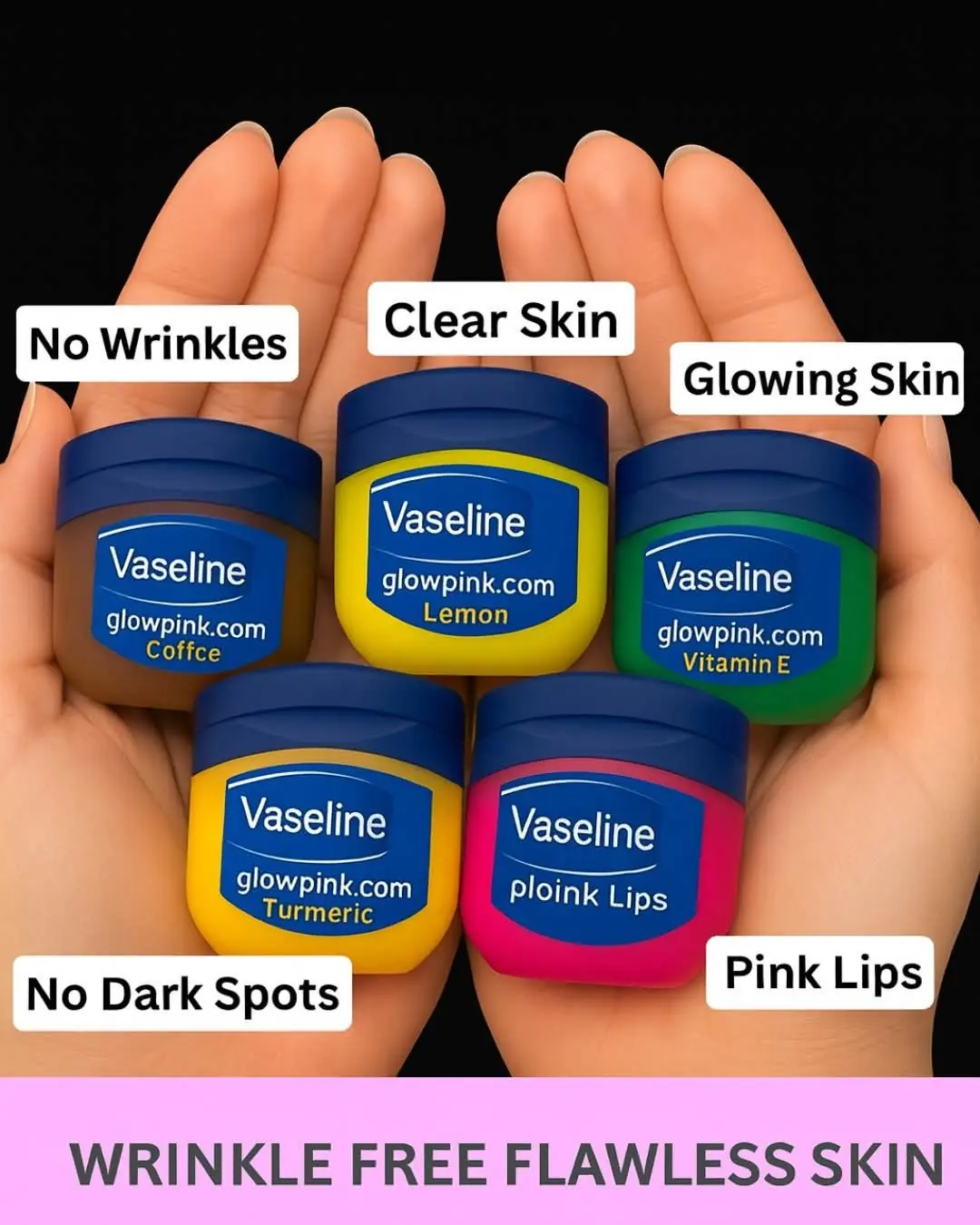
How To Get the Most Out of Vaseline for Sun Protection | Healthy Care

Papaya Daily on an Empty Stomach WILL Trigger These 12 Things to Your Body!
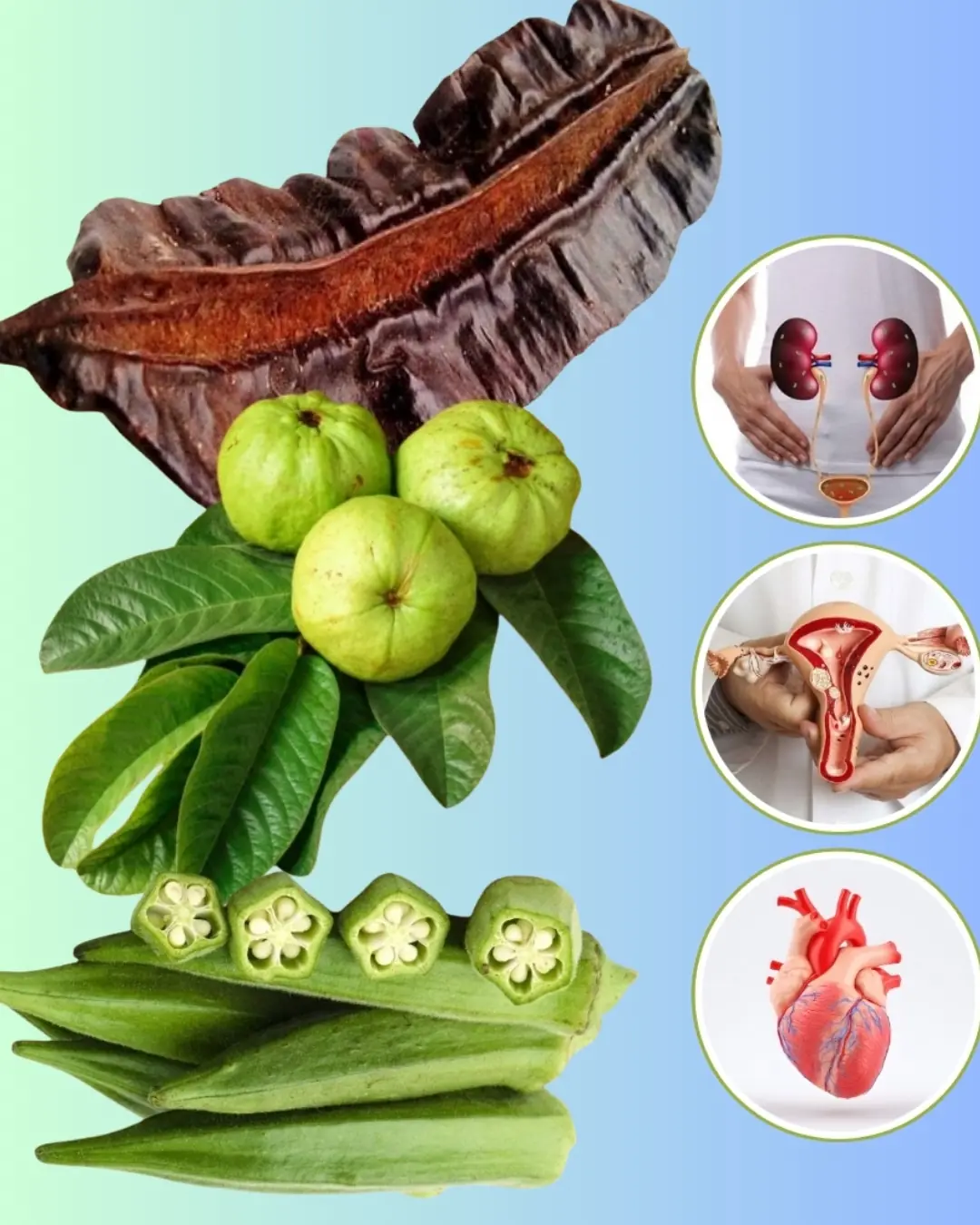
Nature’s Hidden Gems: Unlock Ovulation Power with Guava Leaves, Aidan Fruit, and Okra
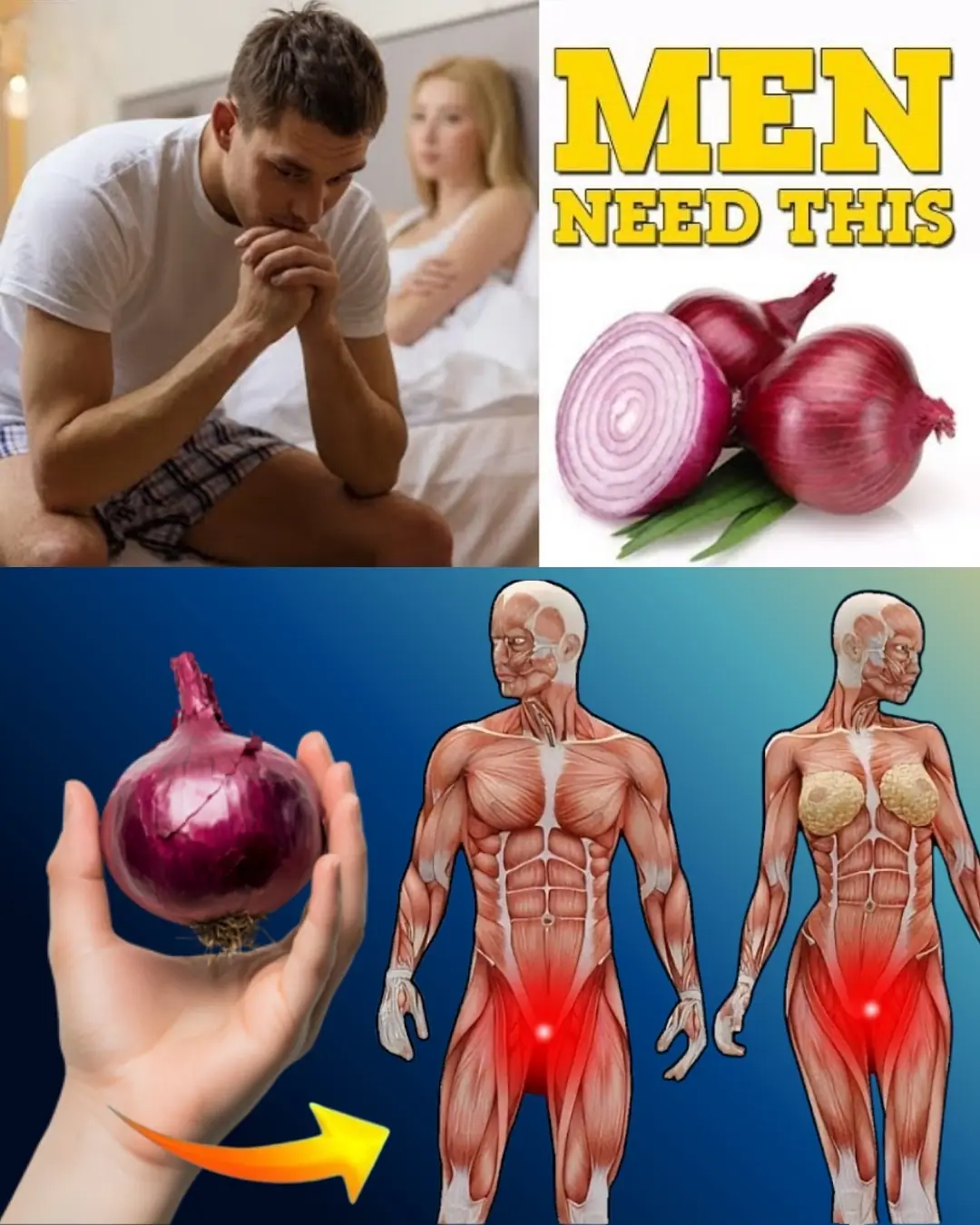
Unlock the Secret Superpower of Onions: A Game-Changer for Men’s Health
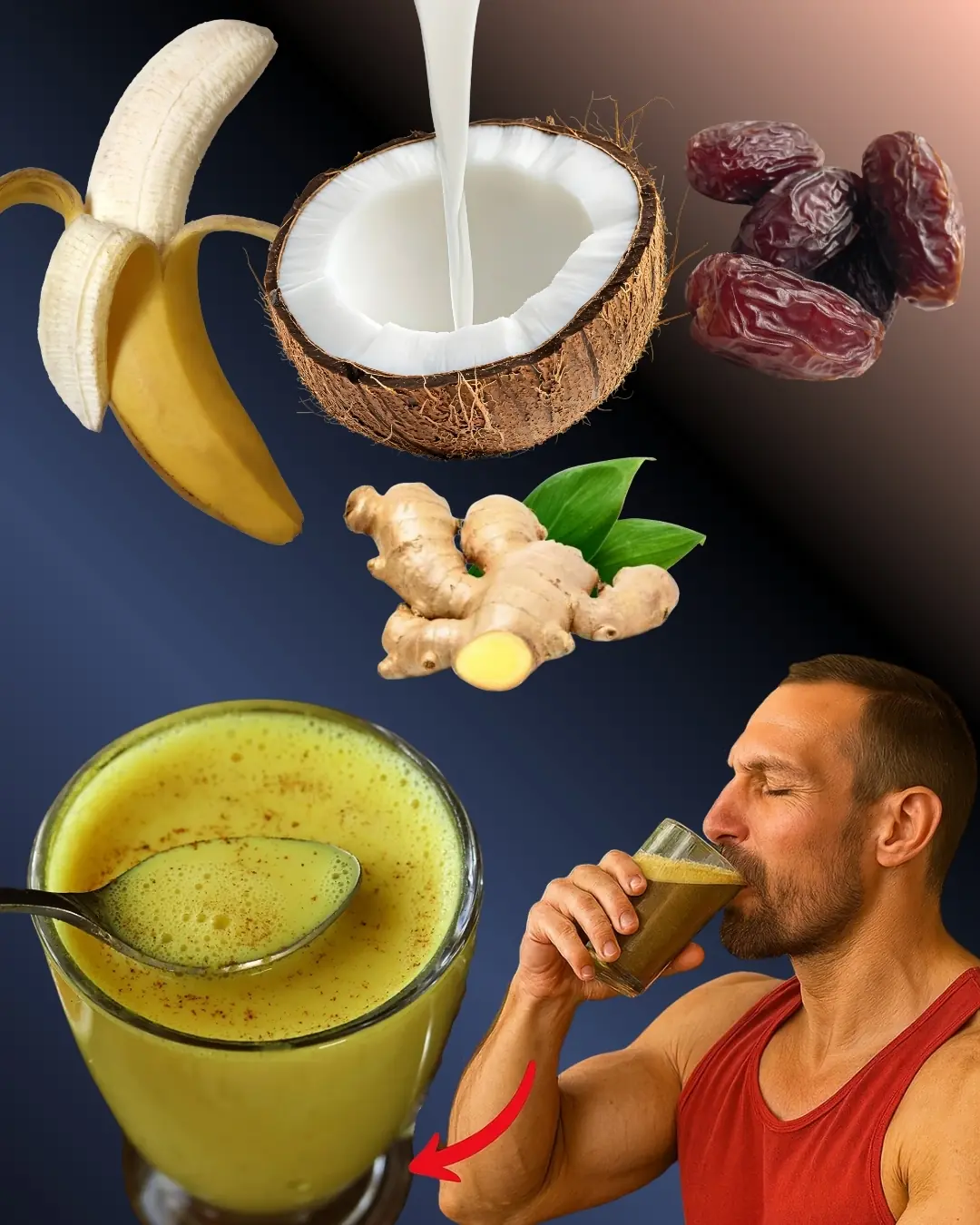
Ignite Your Inner Fire: The Ultimate Natural Energy Drink to Amplify Male Vitality
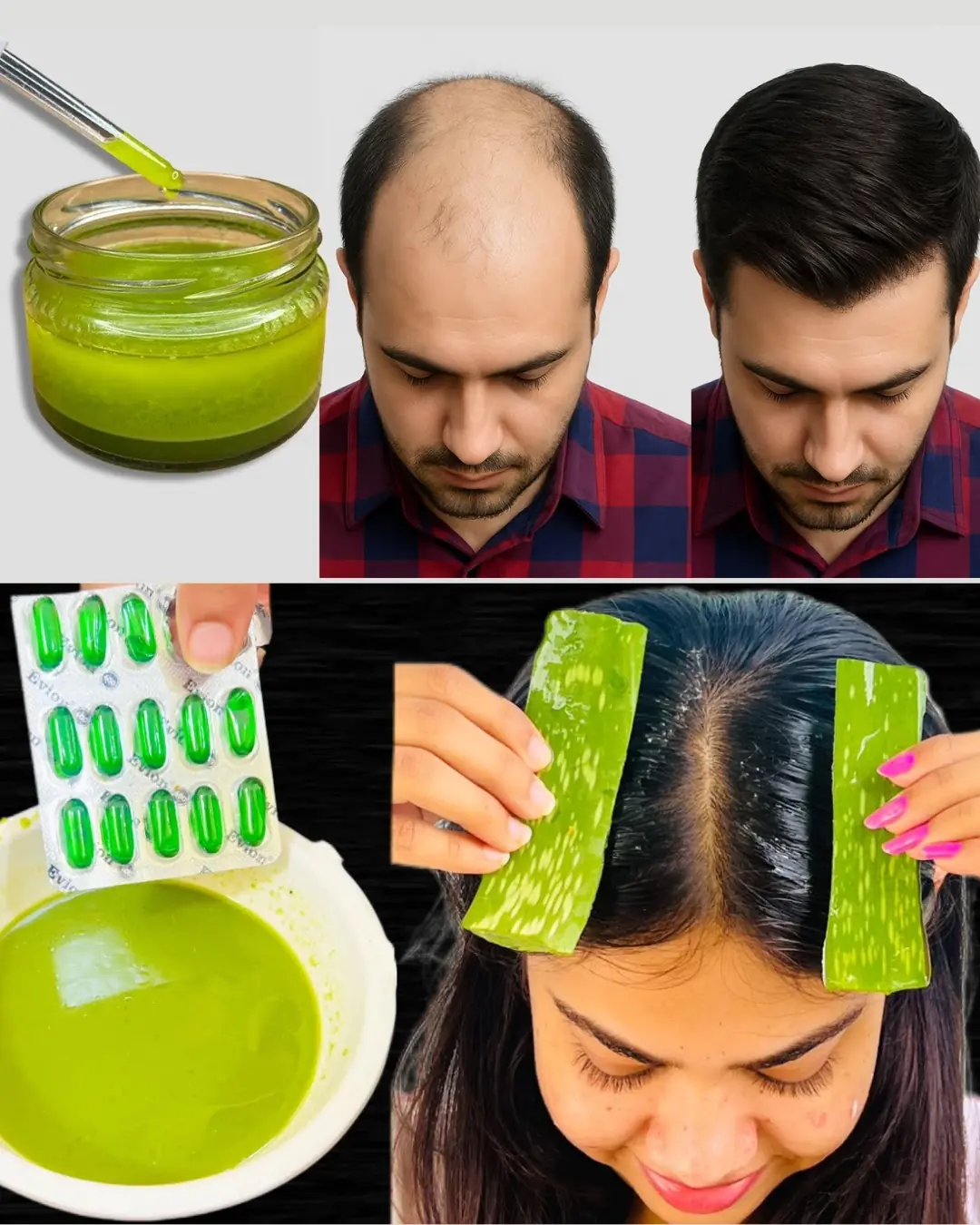
Apply Aloe Vera This Way Before Washing Hair in the Morning for Fast Hair Growth and Dandruff-Free Scalp
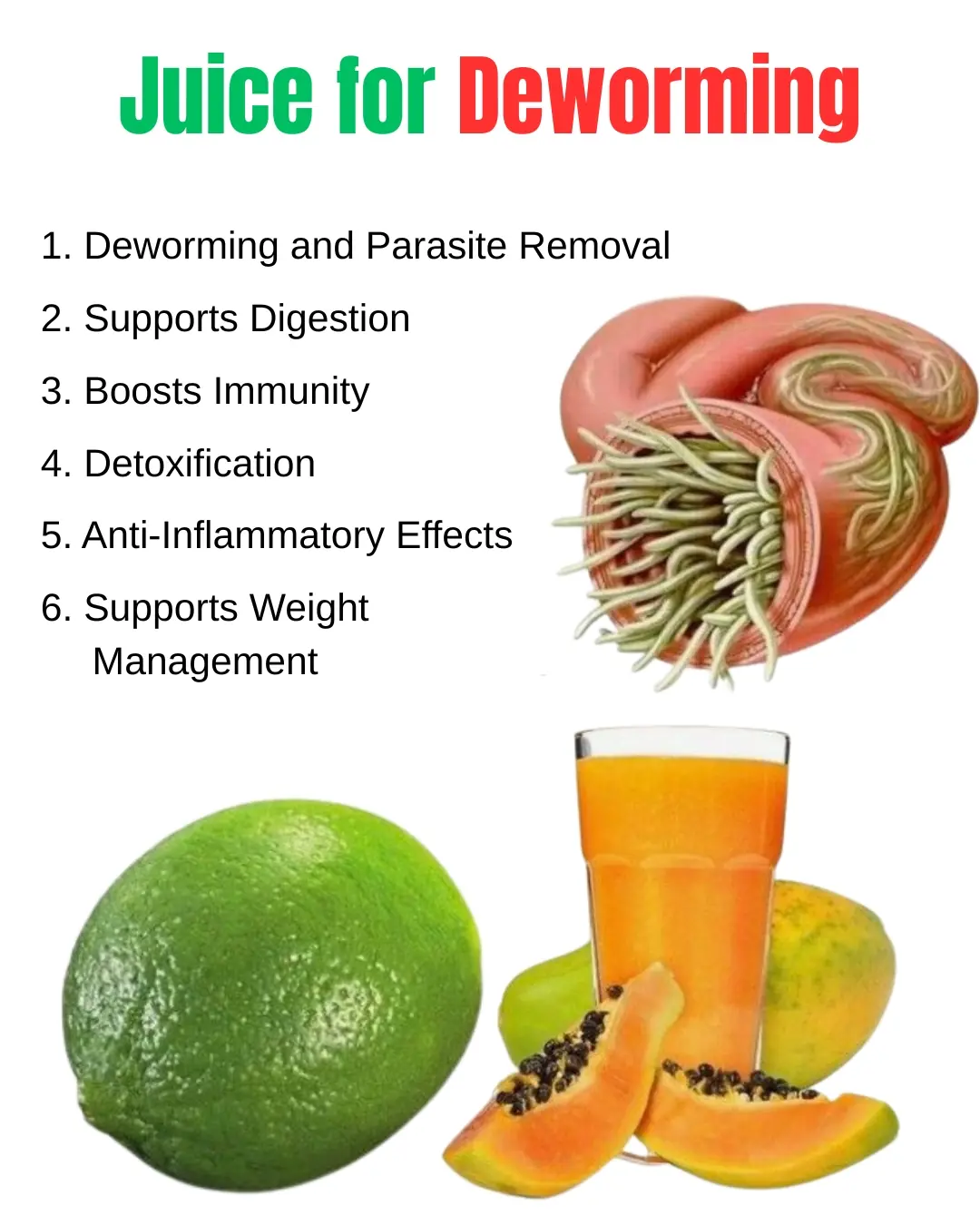
Papaya Seed Smoothie for Deworming: Benefits, Recipe, and How to Use It
